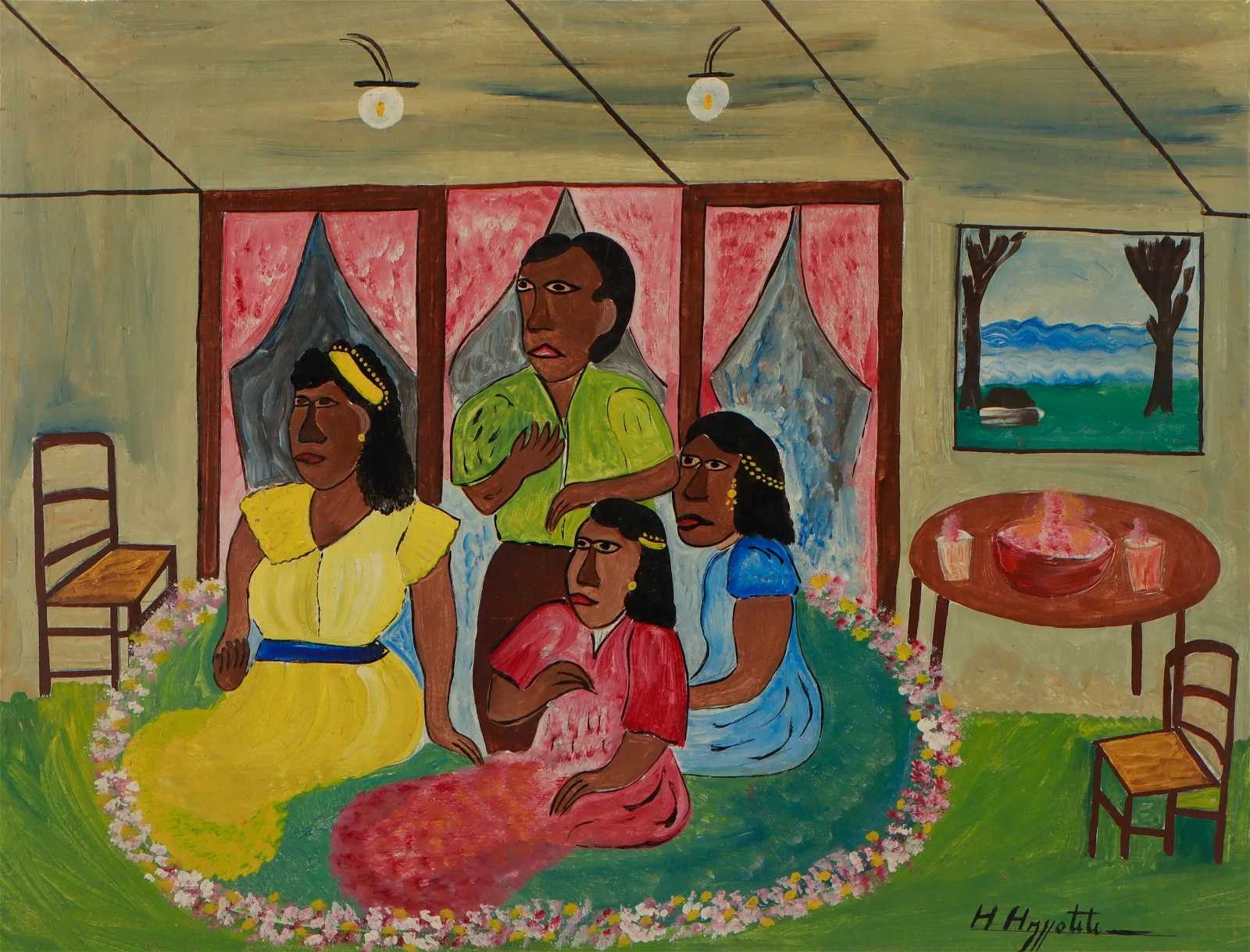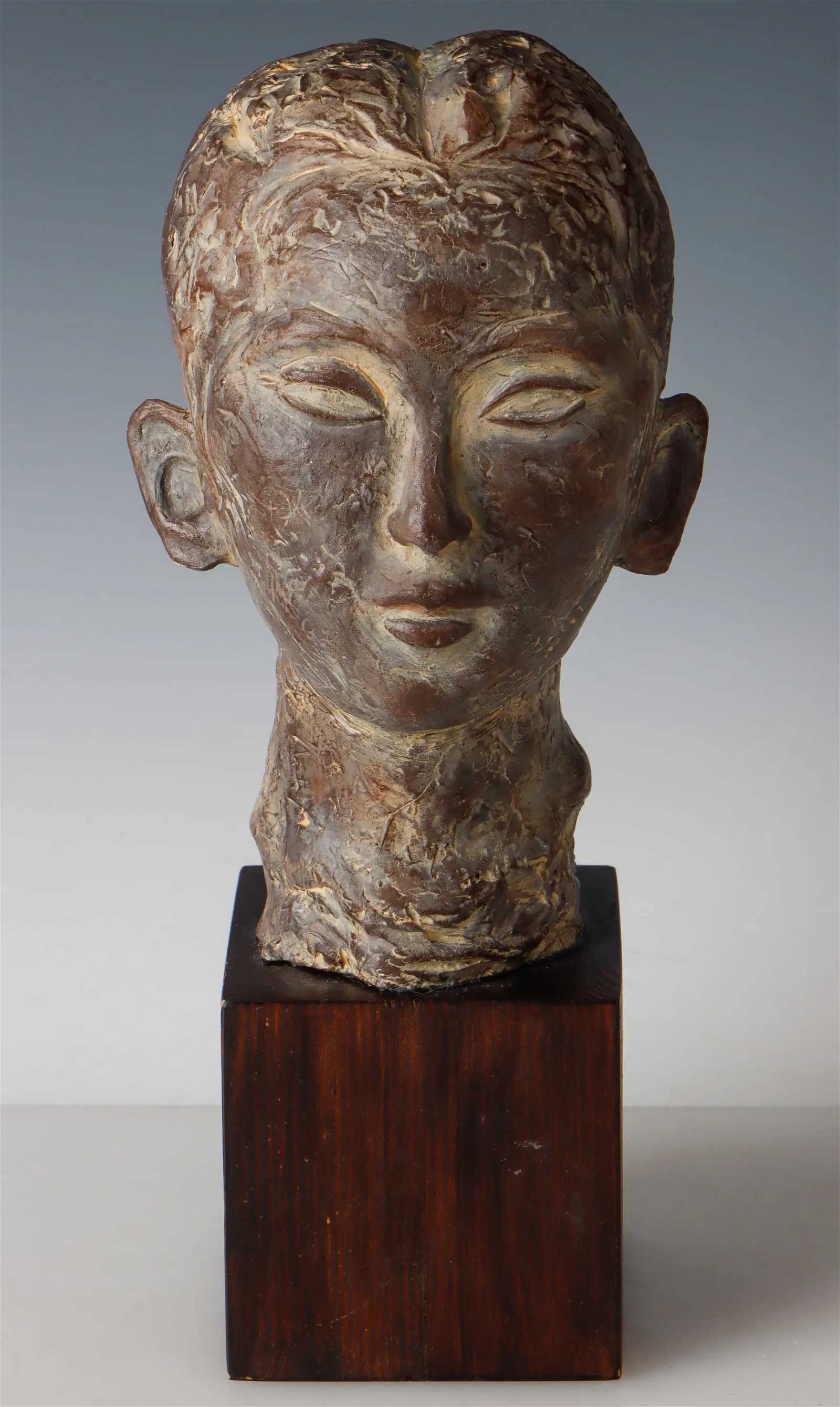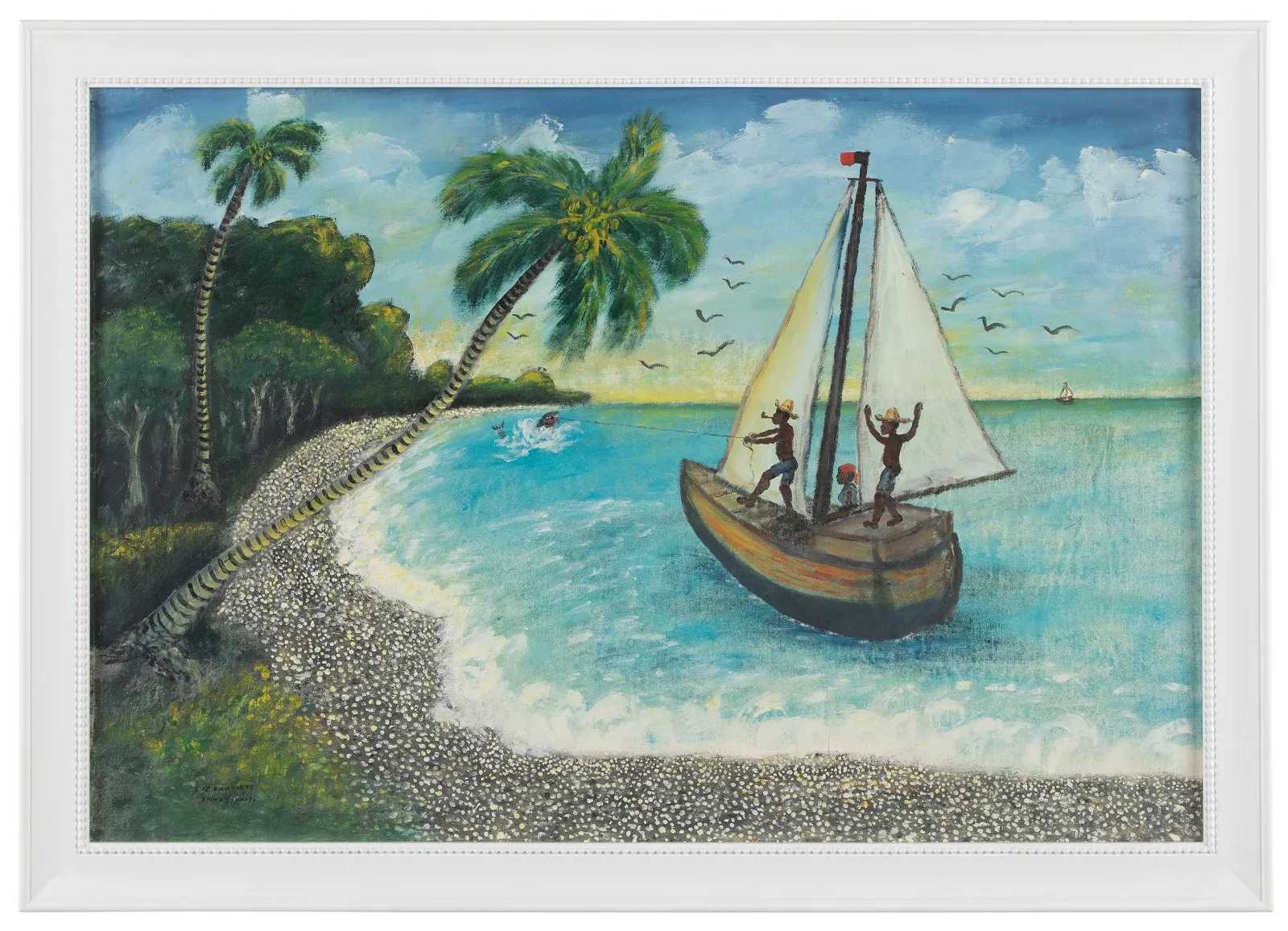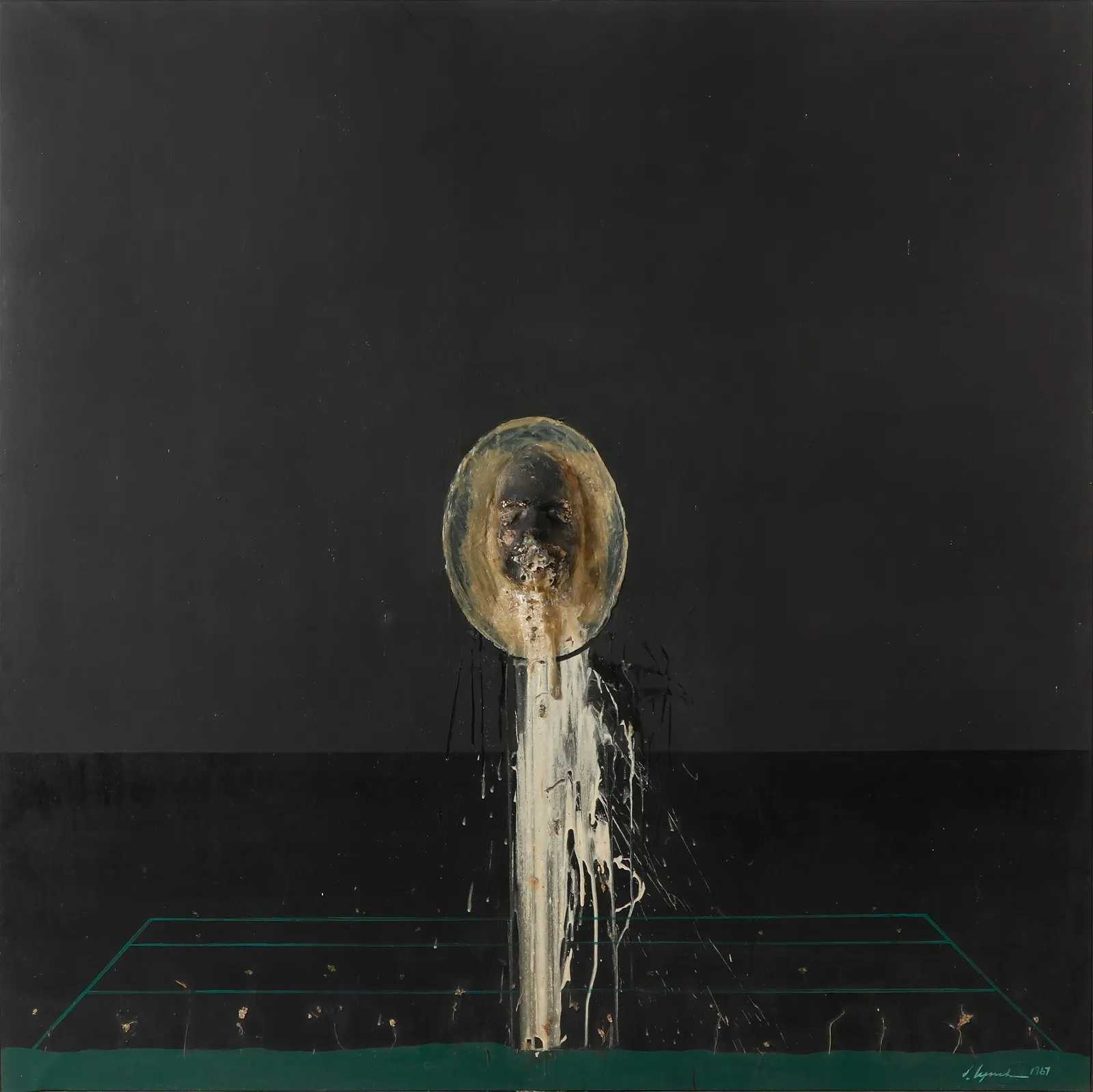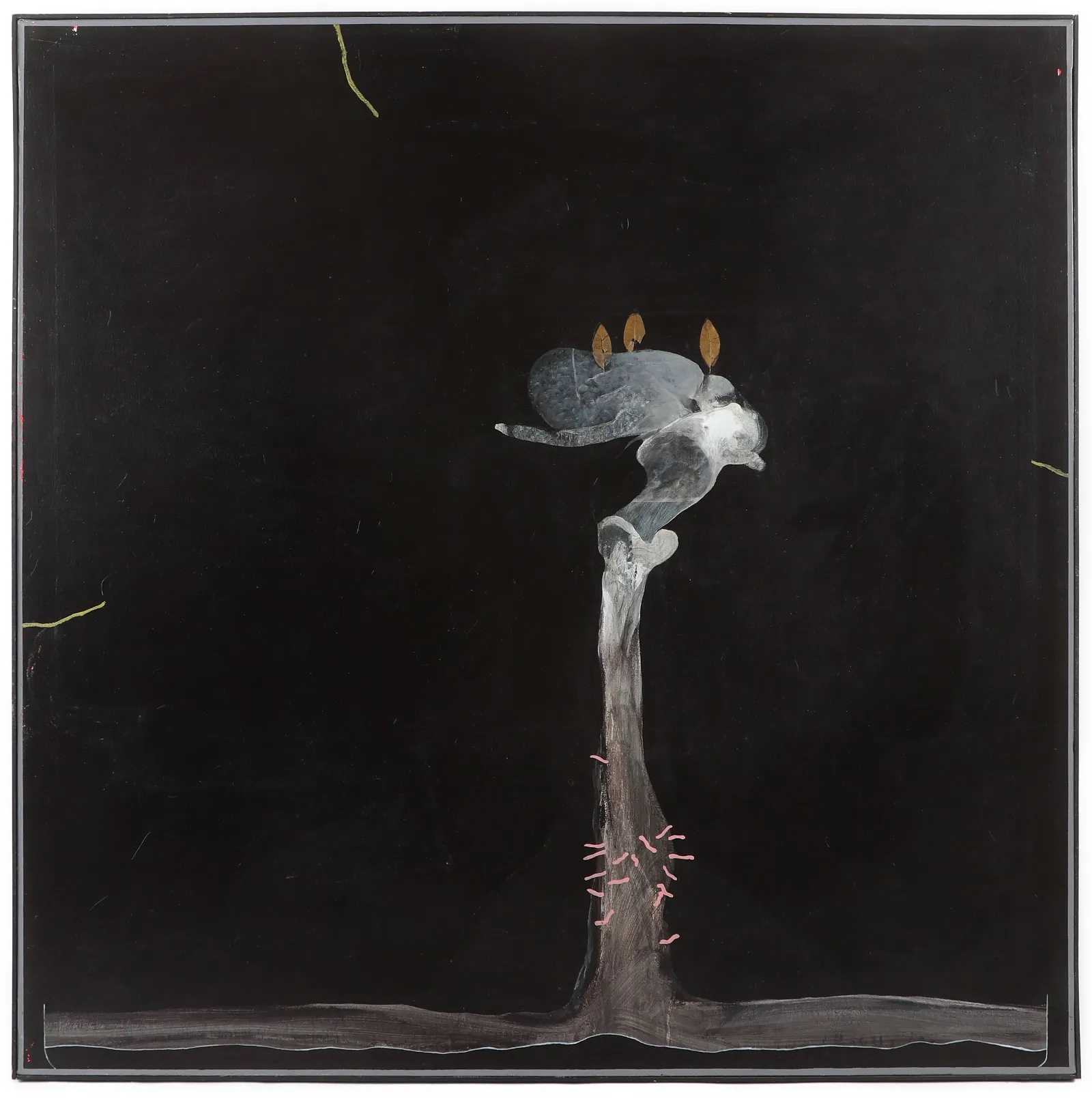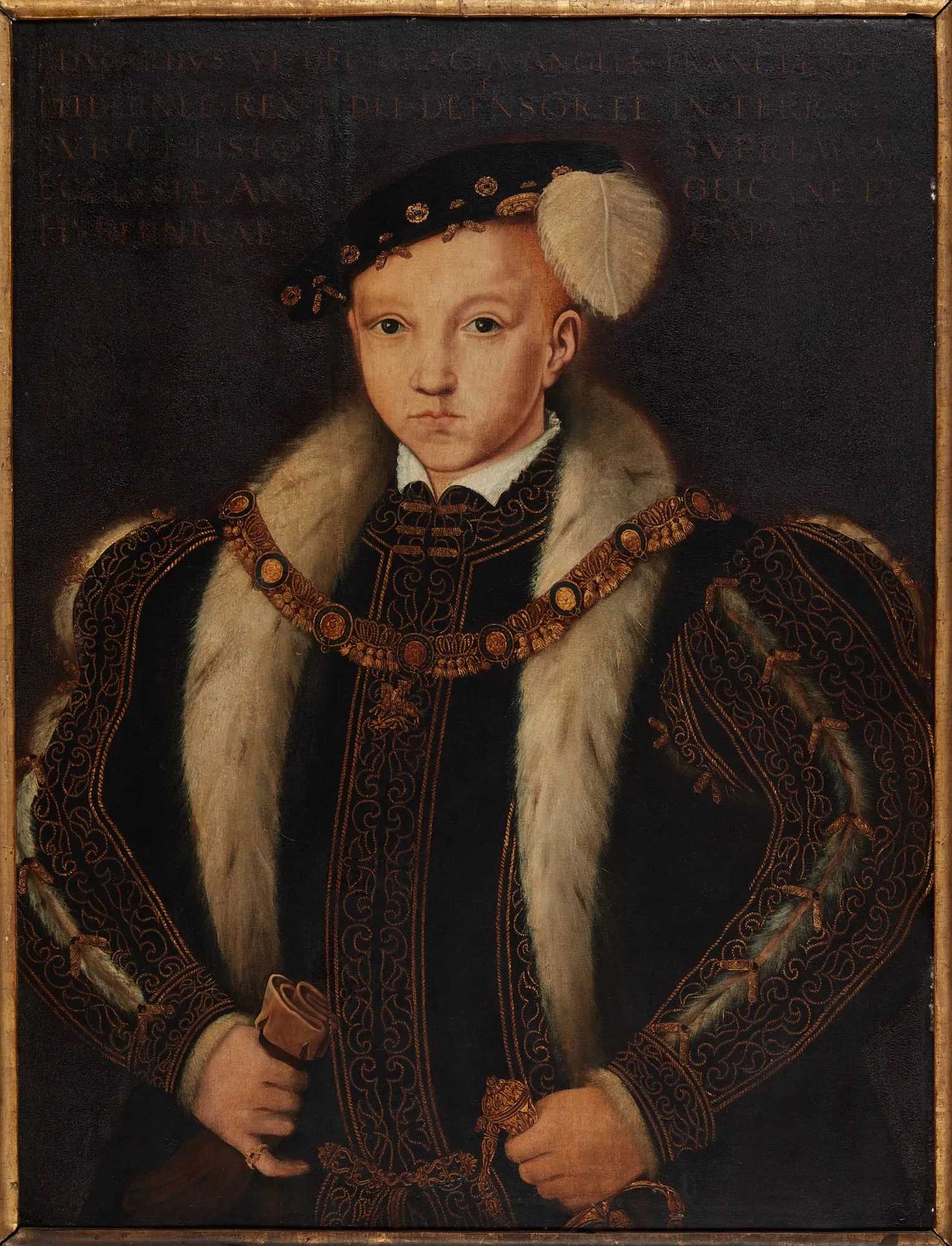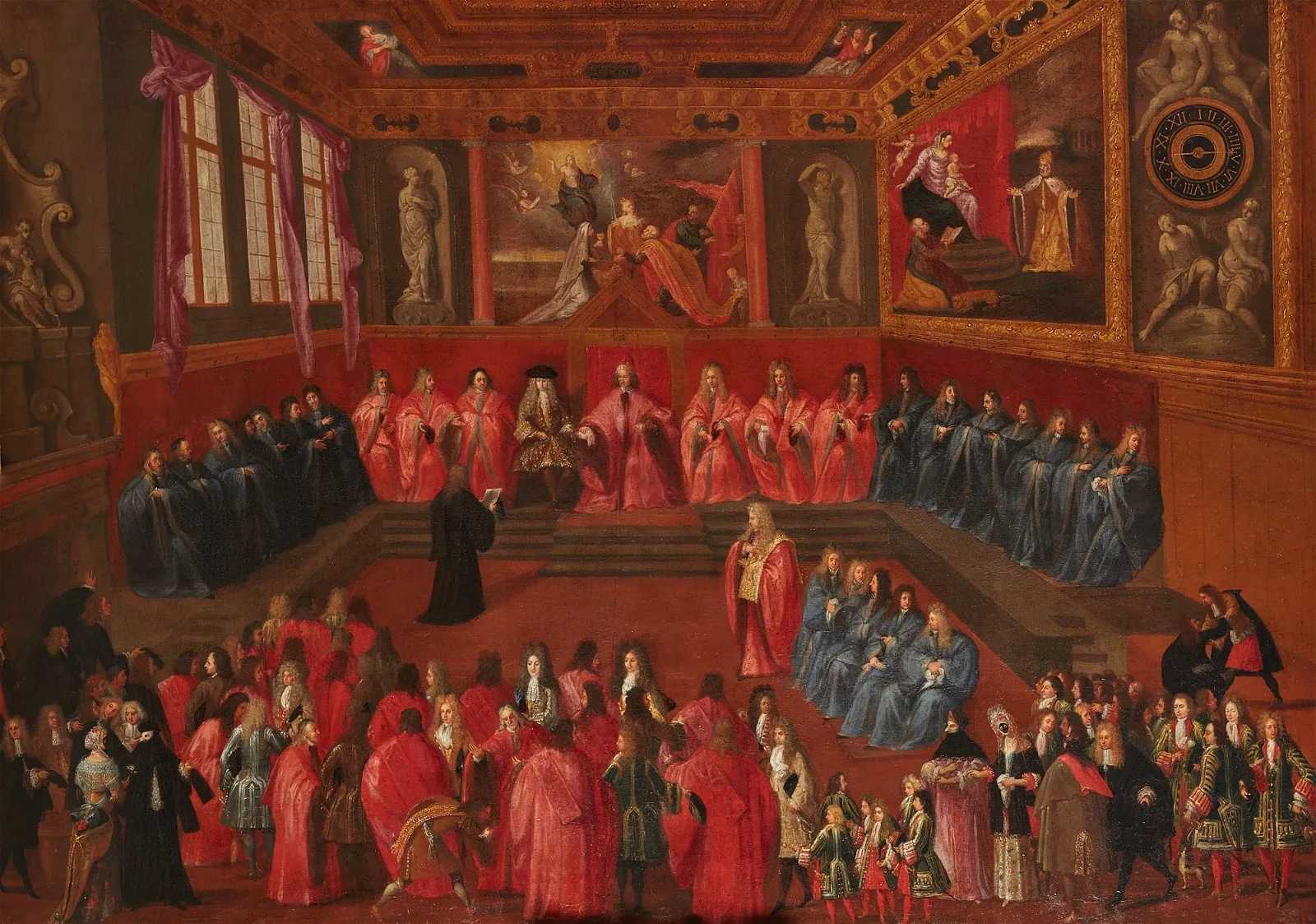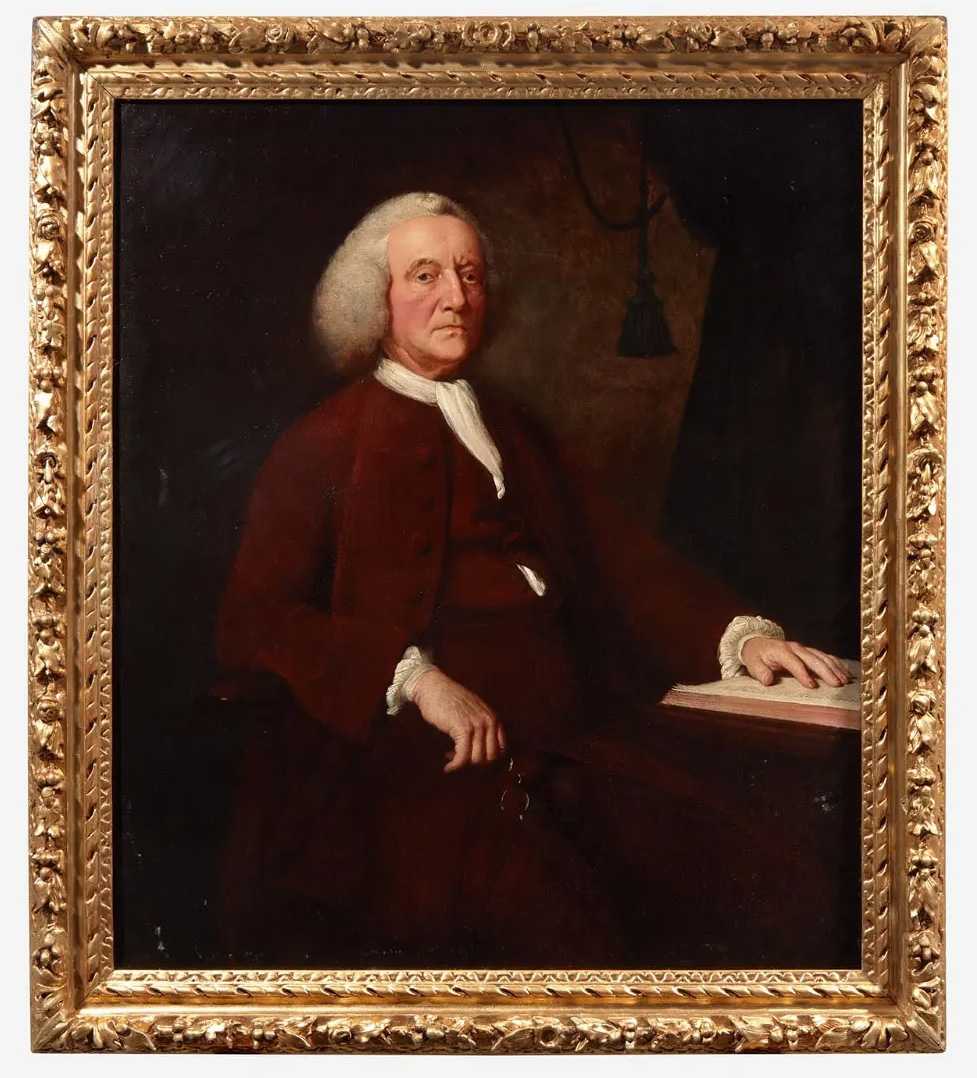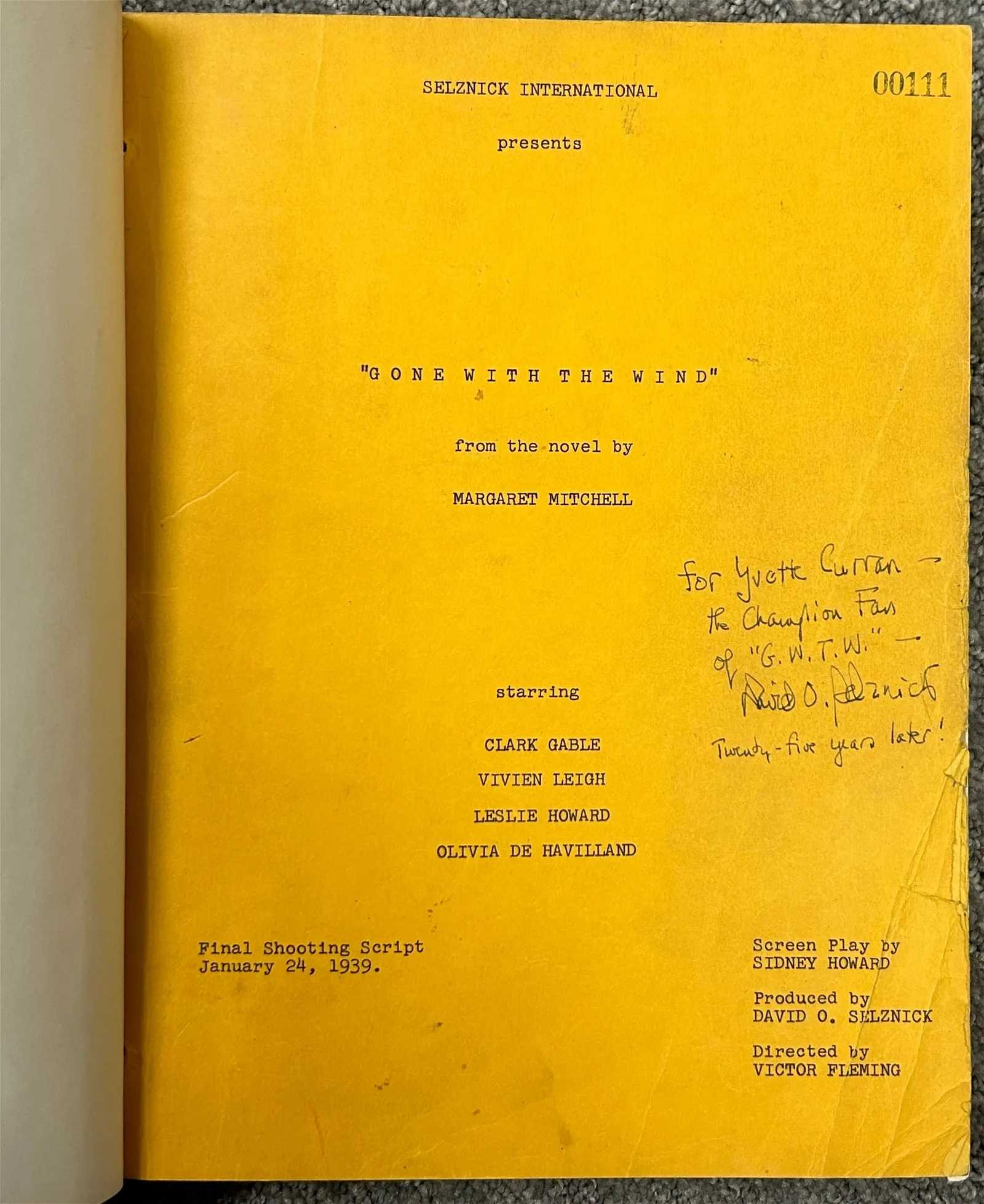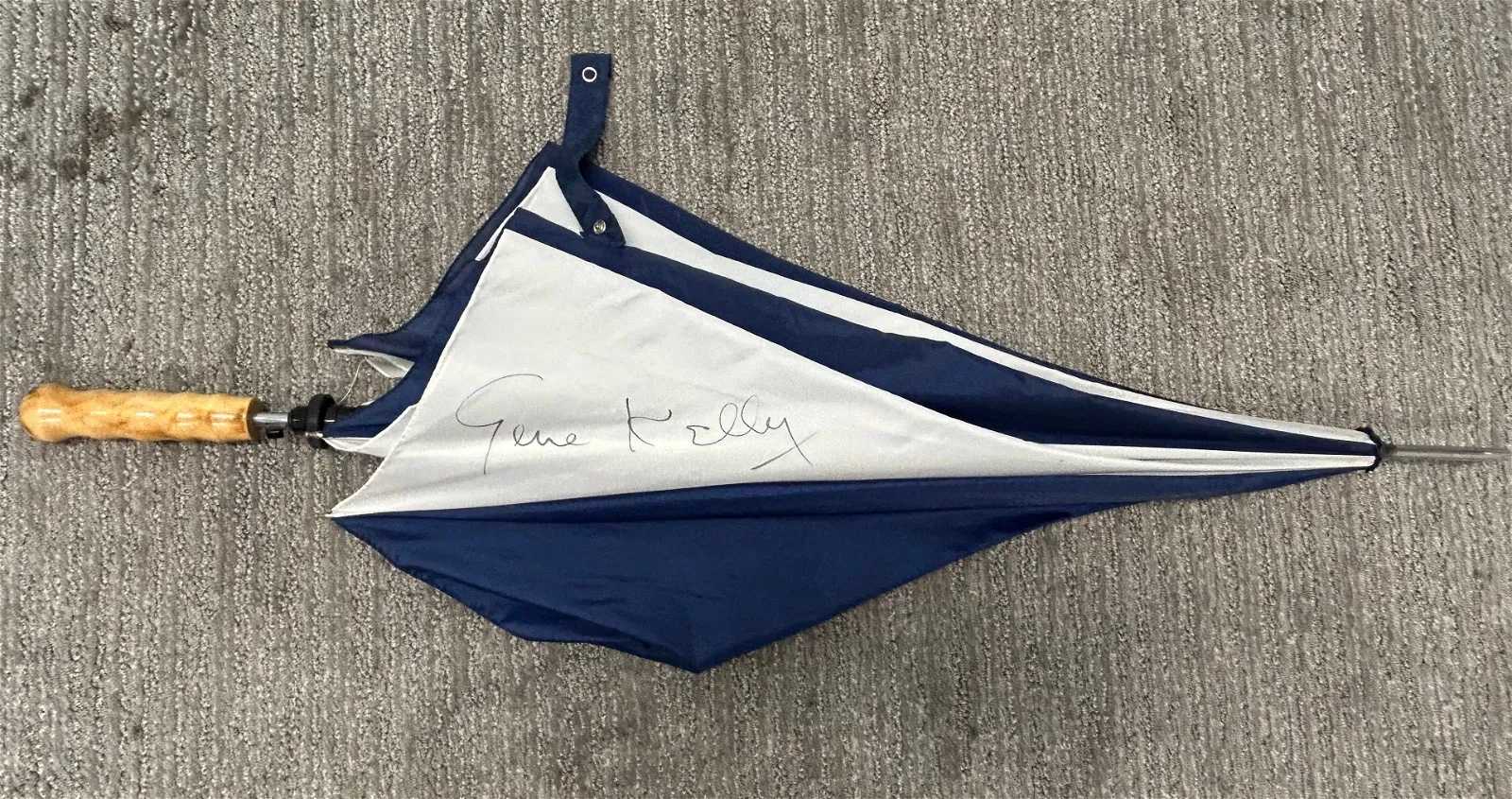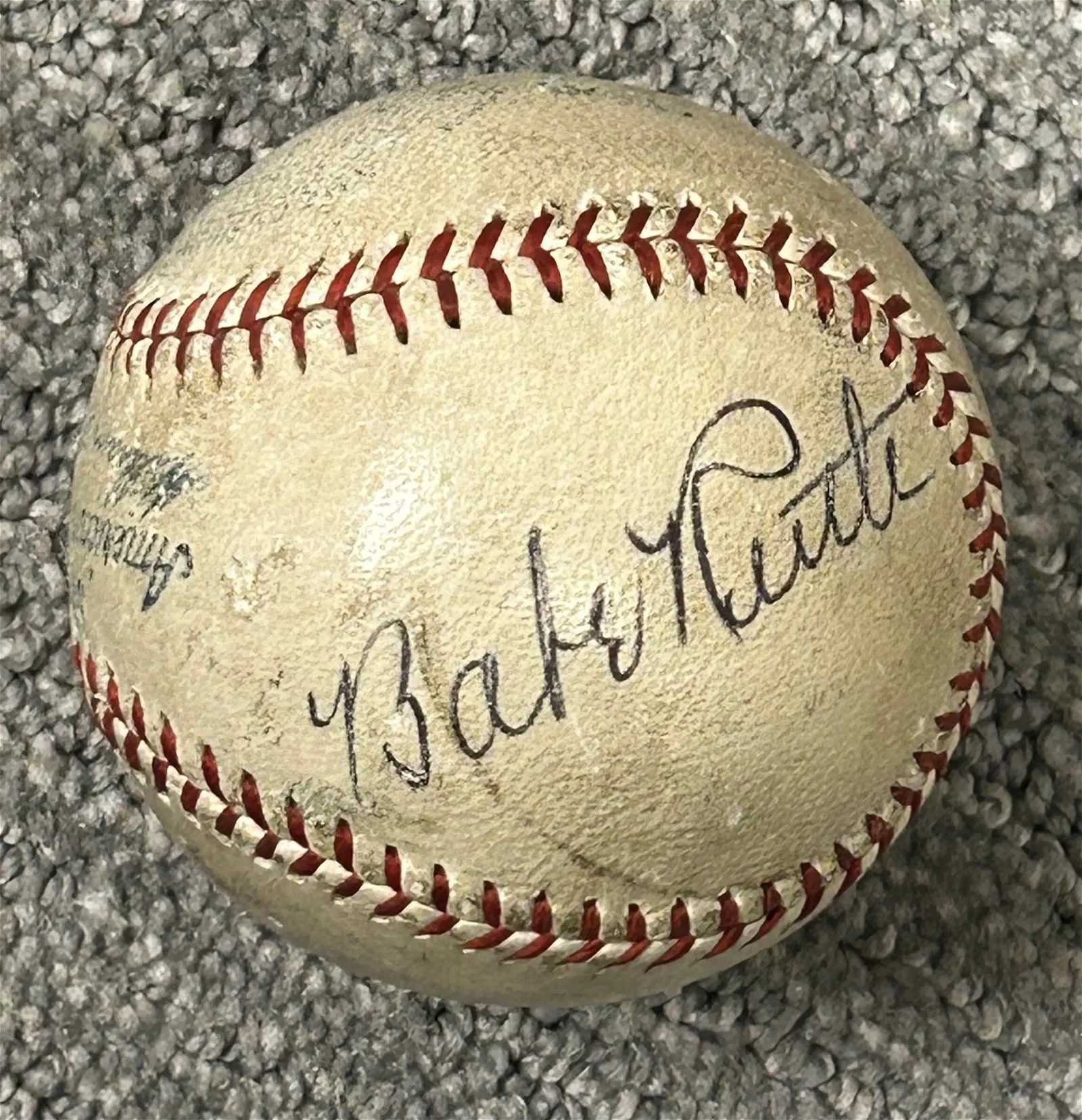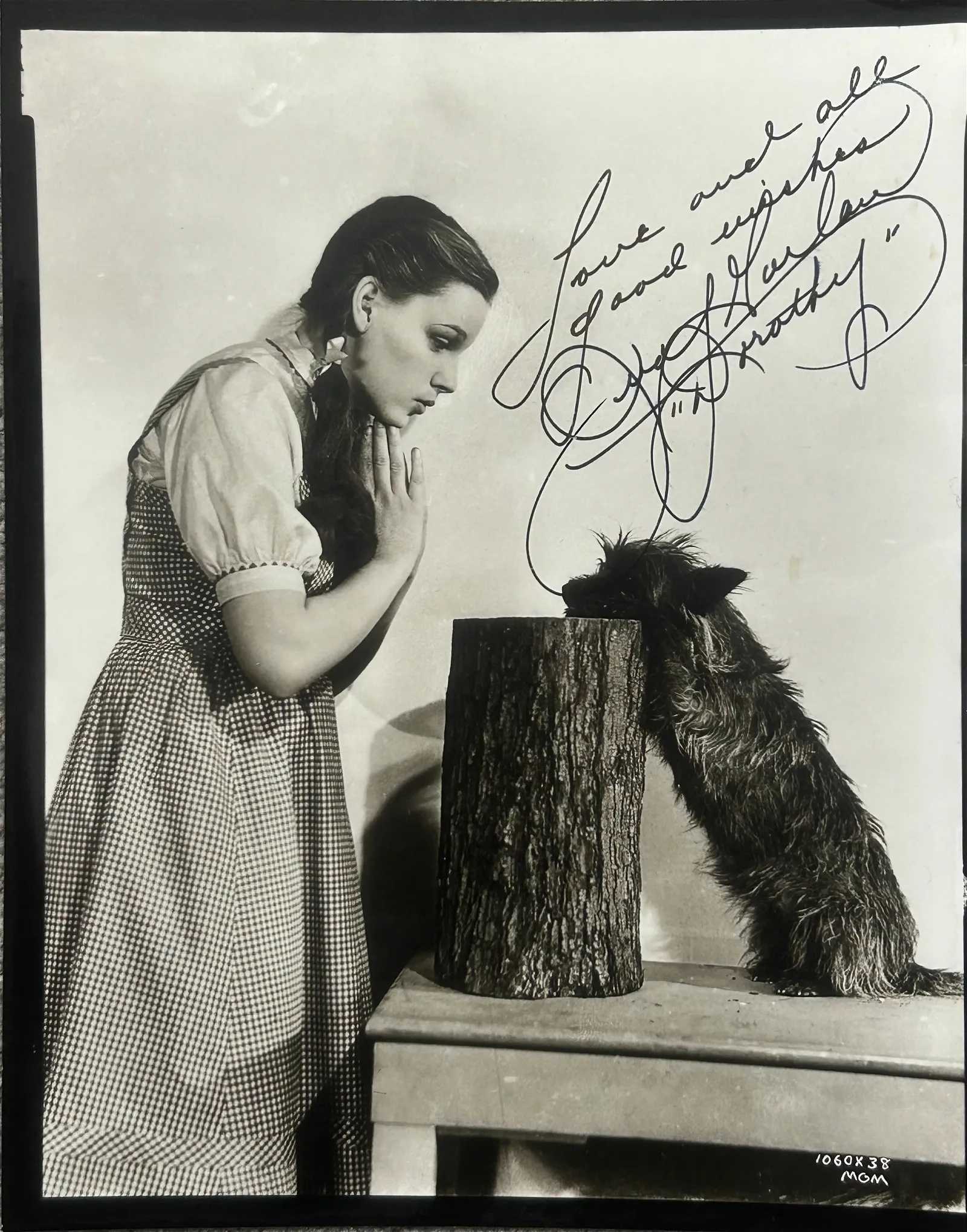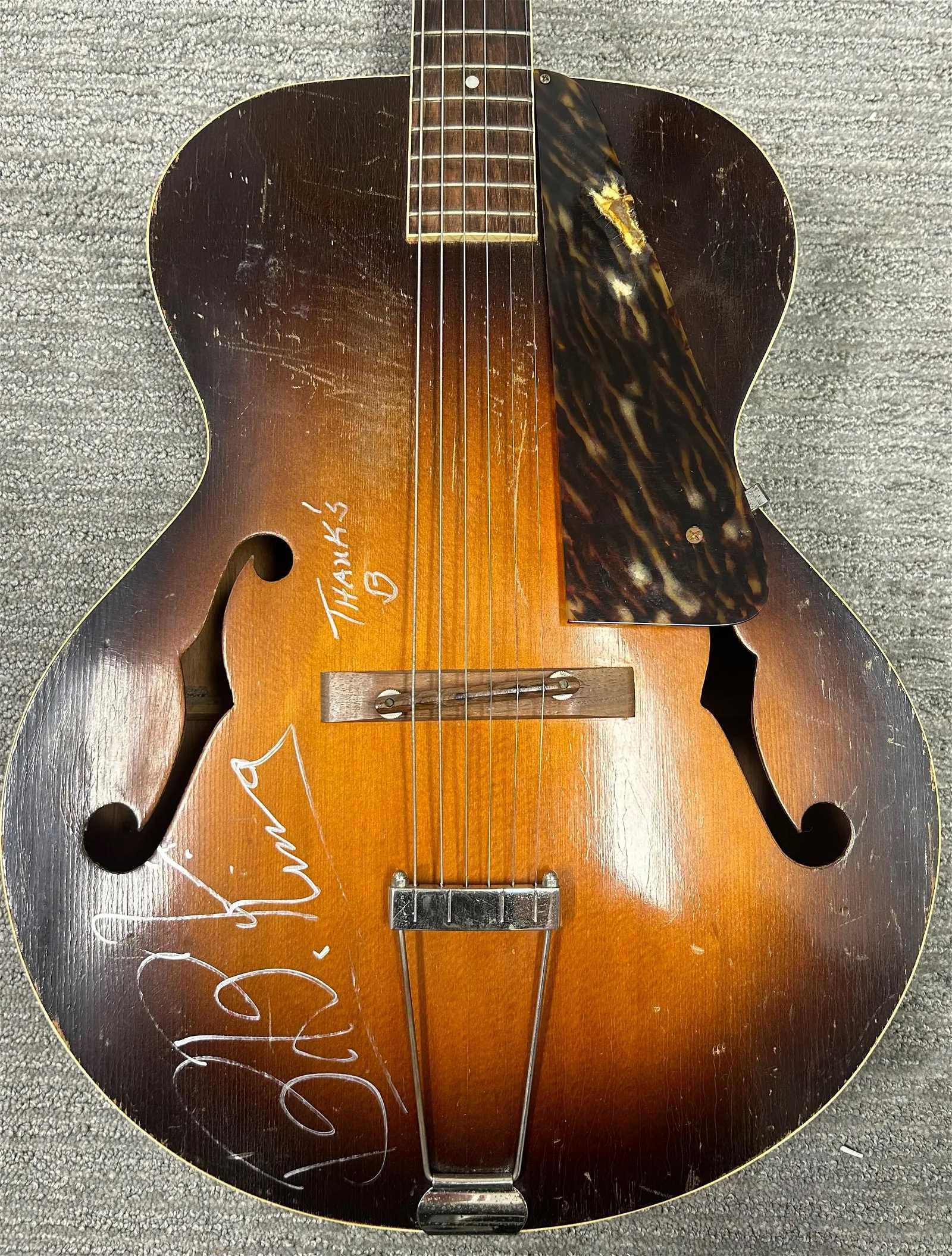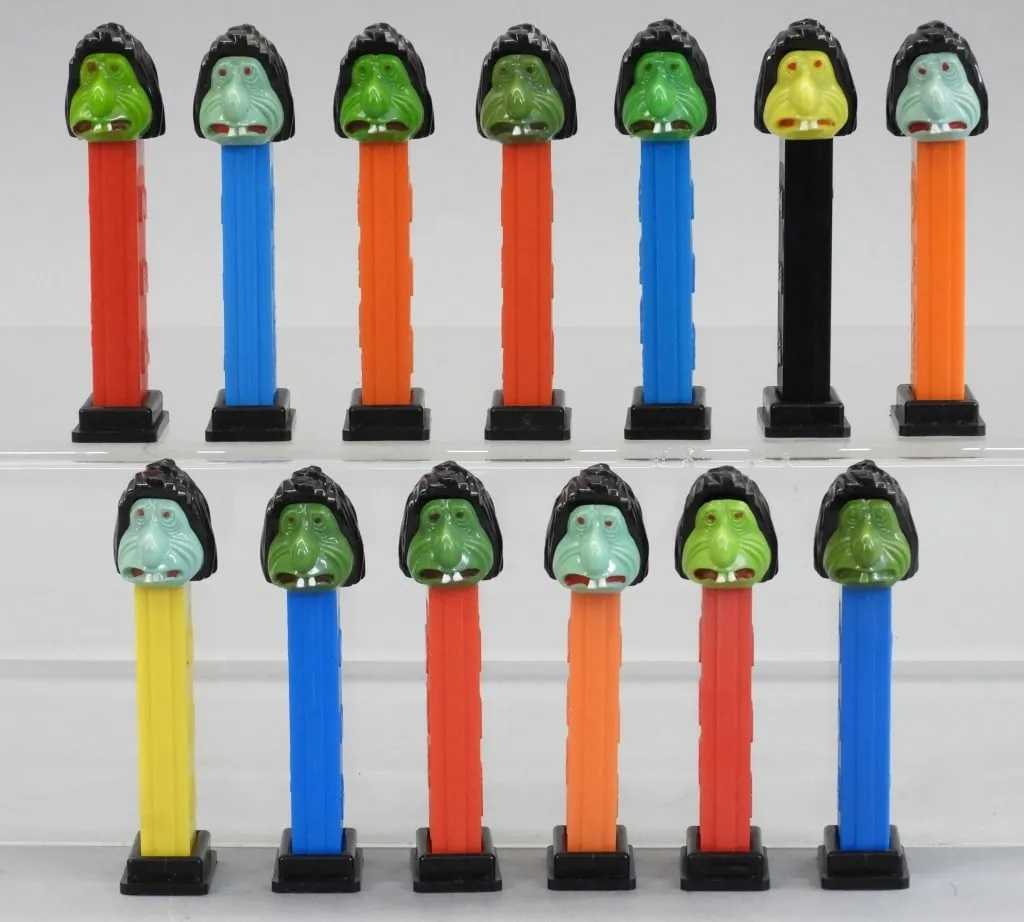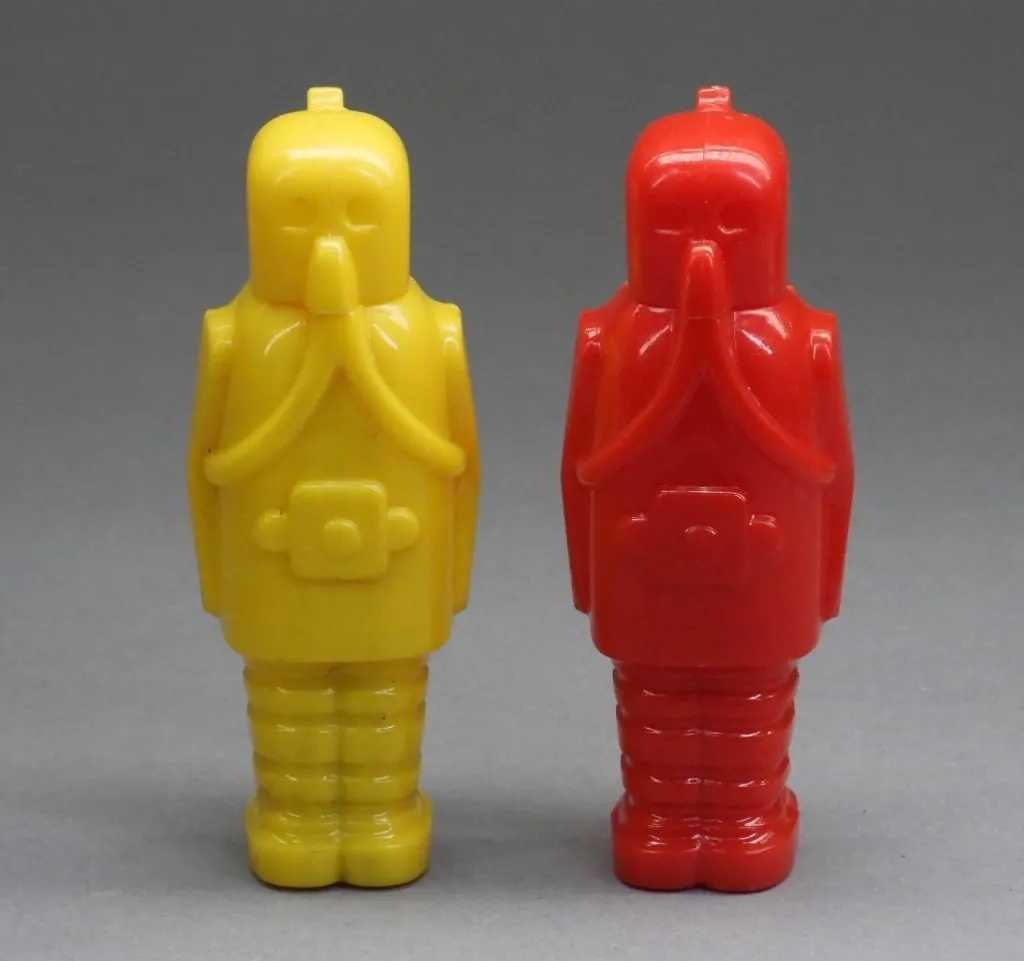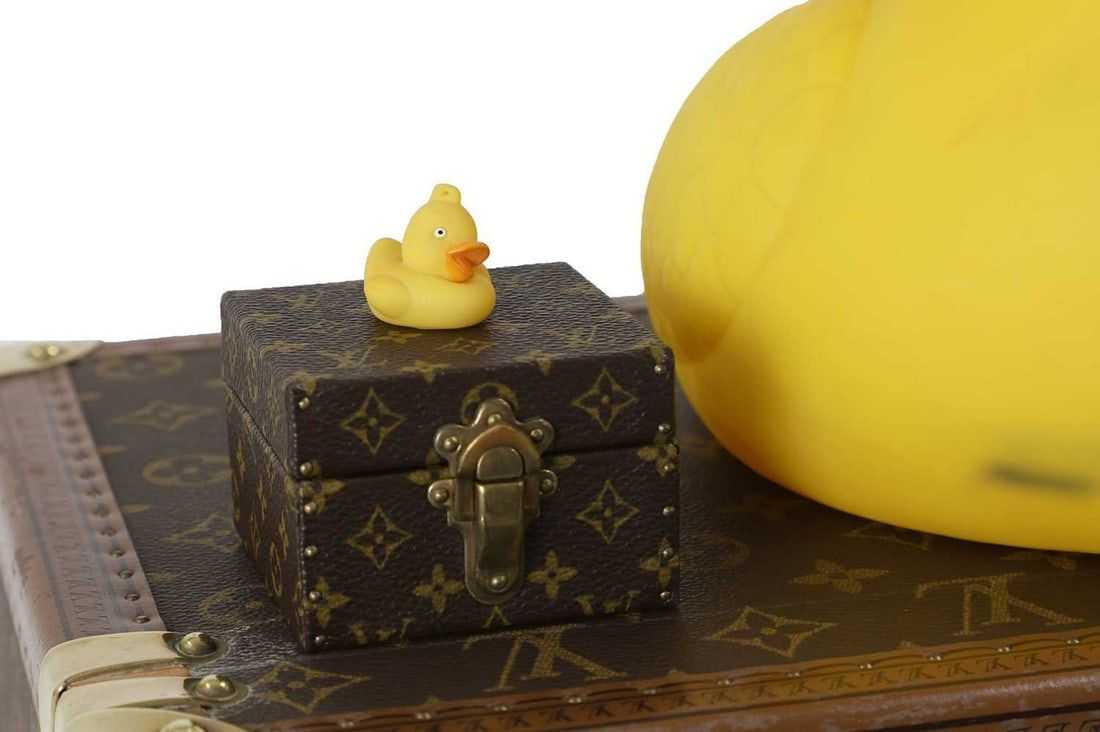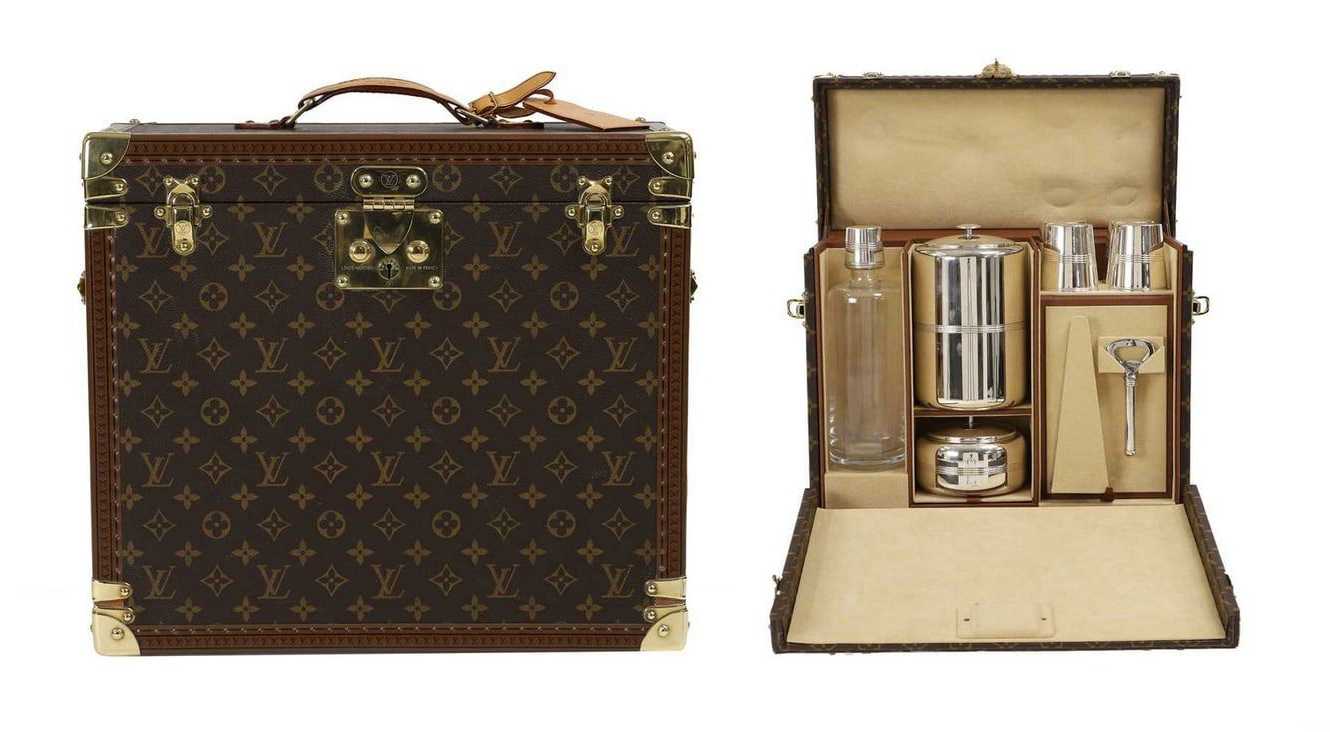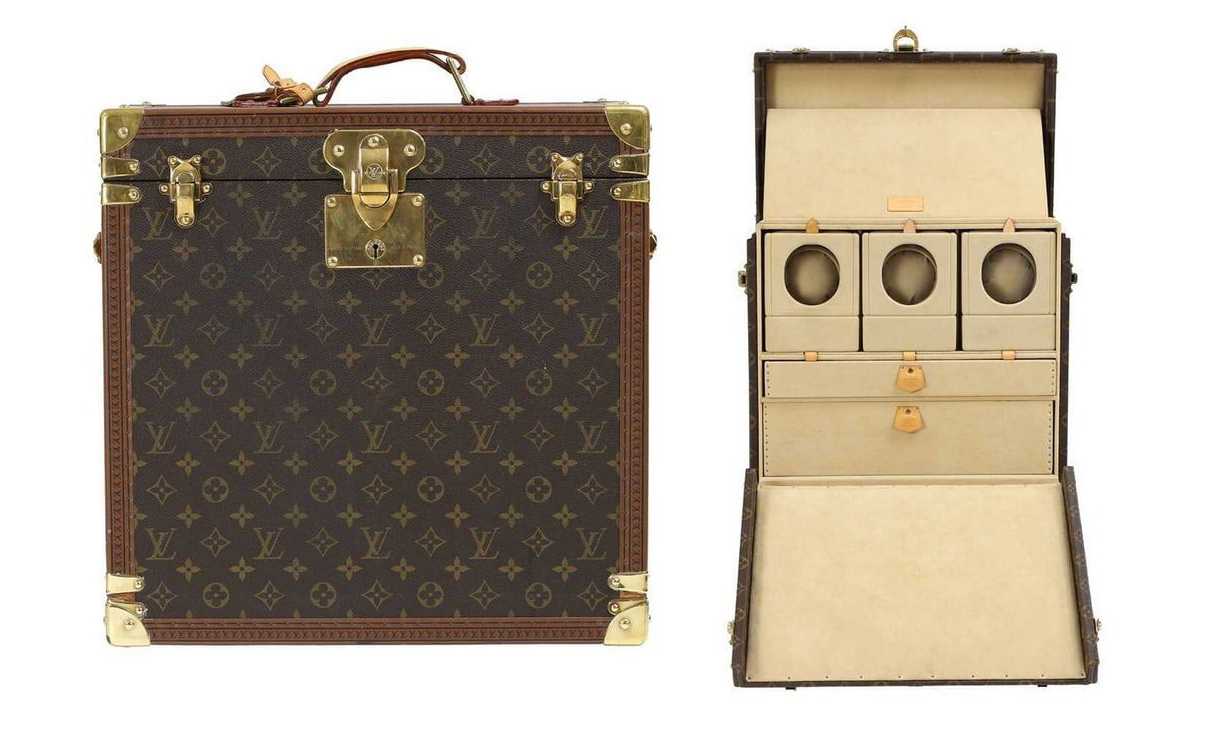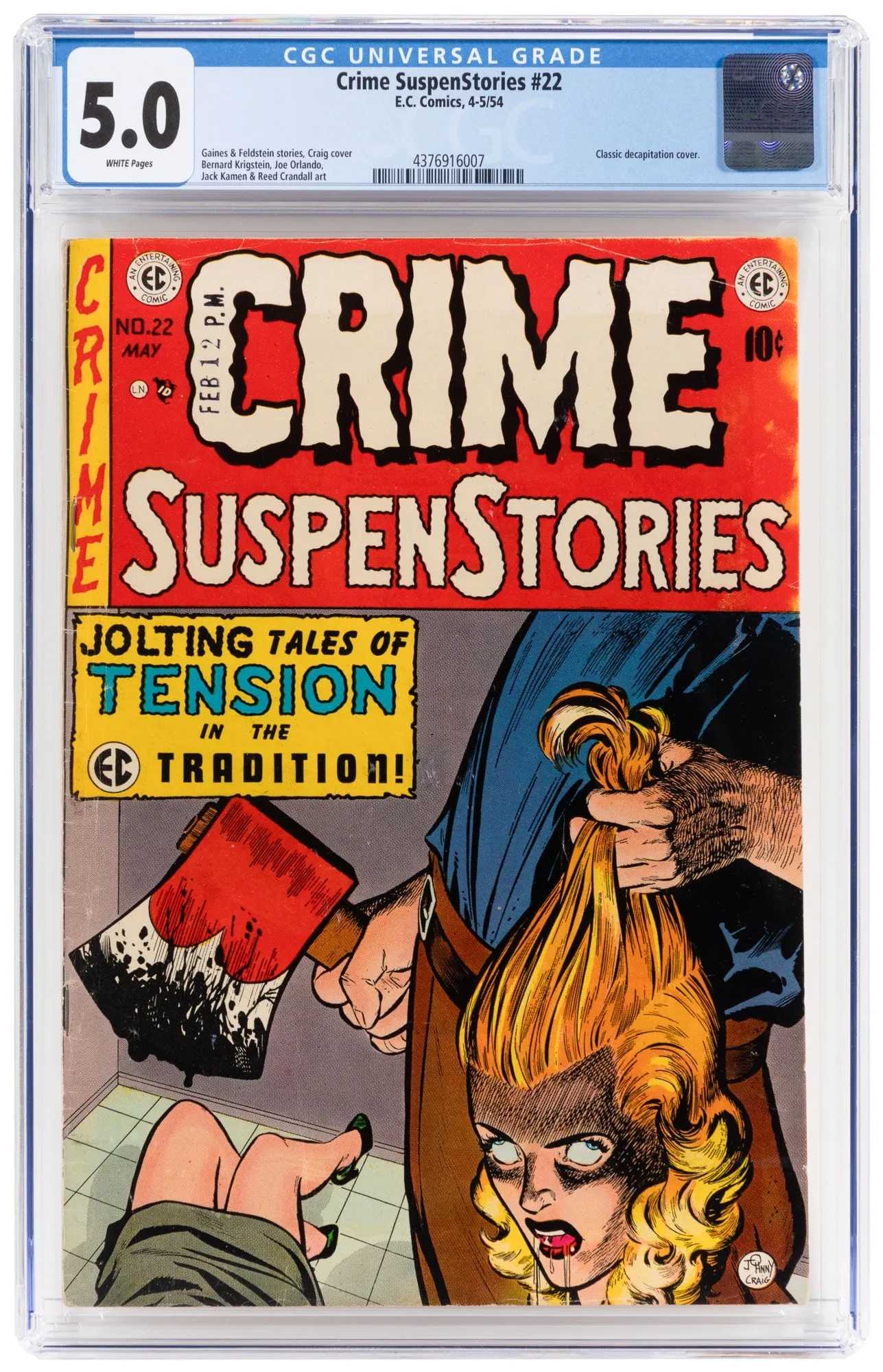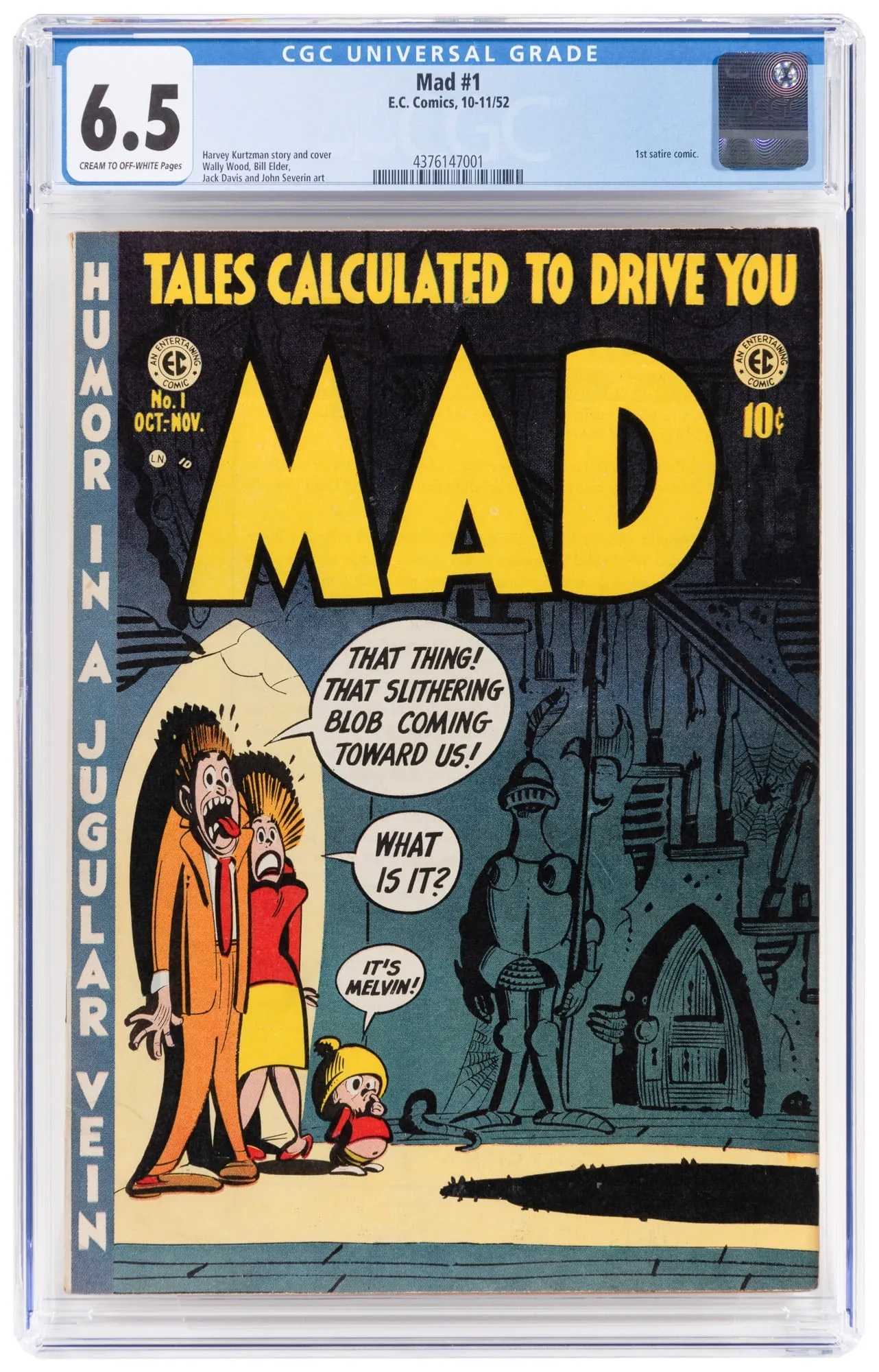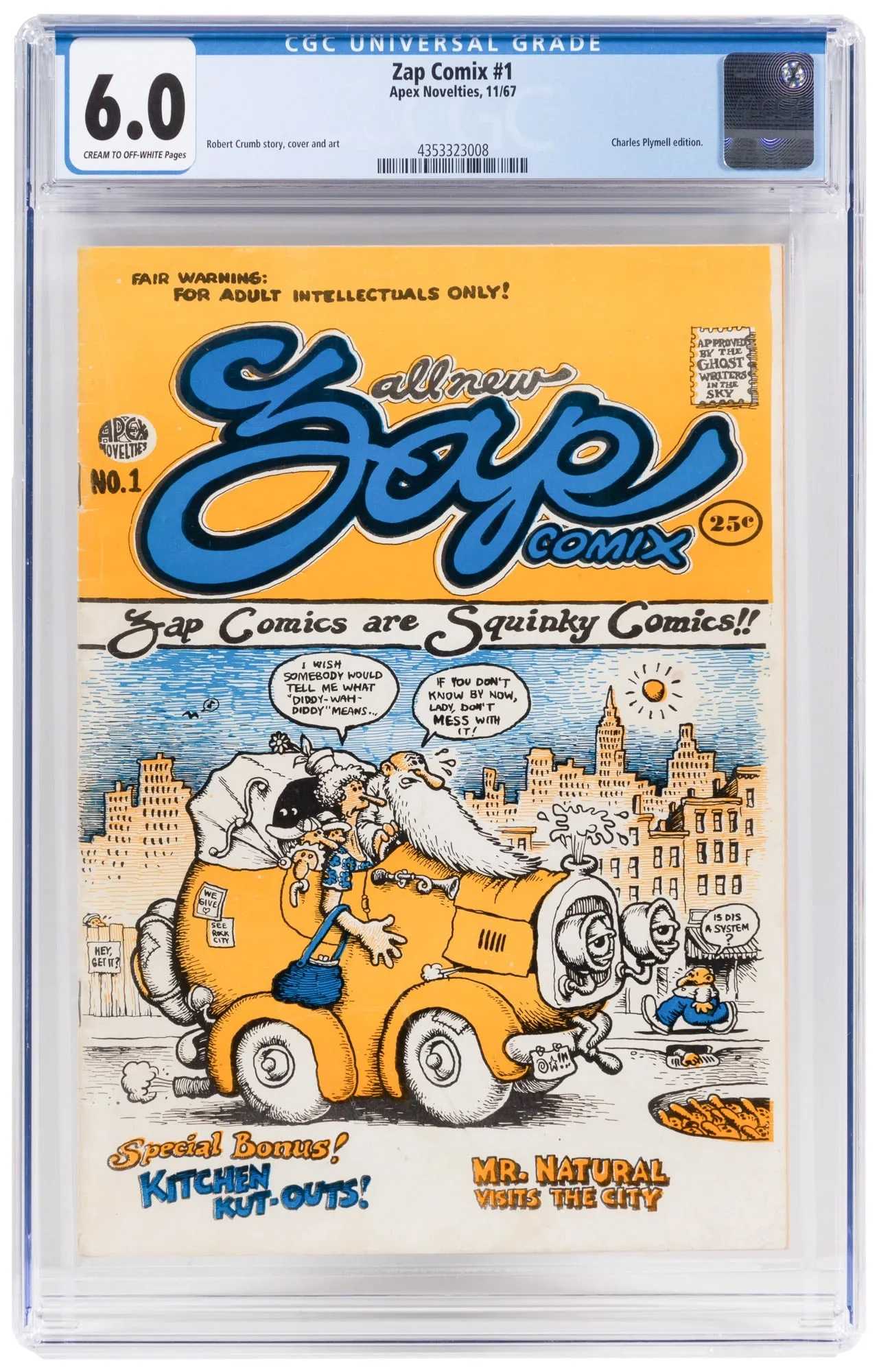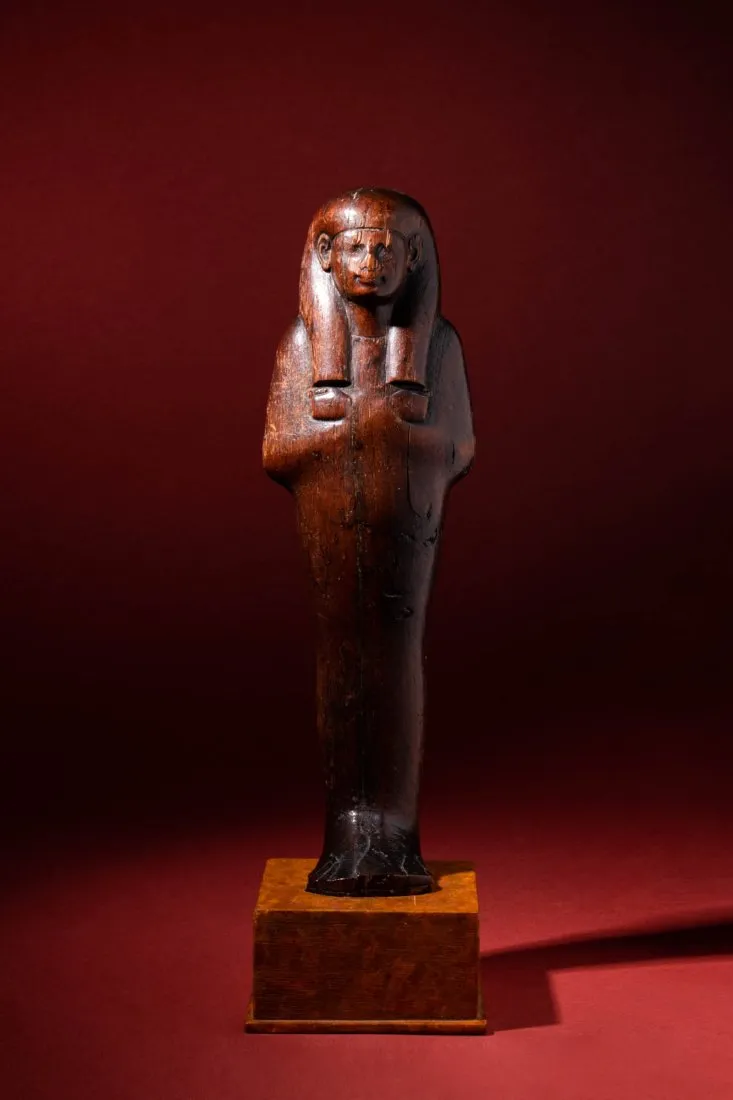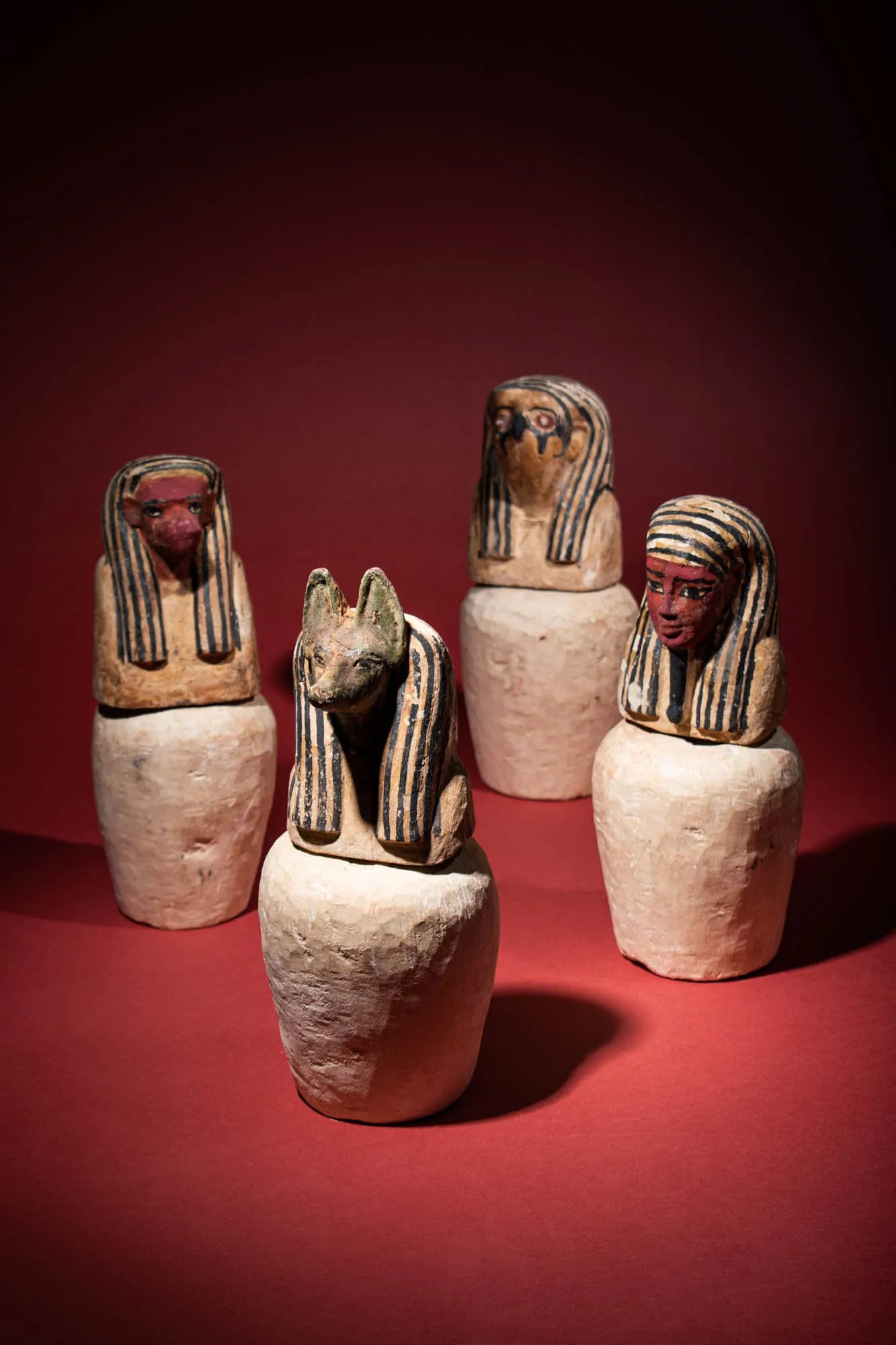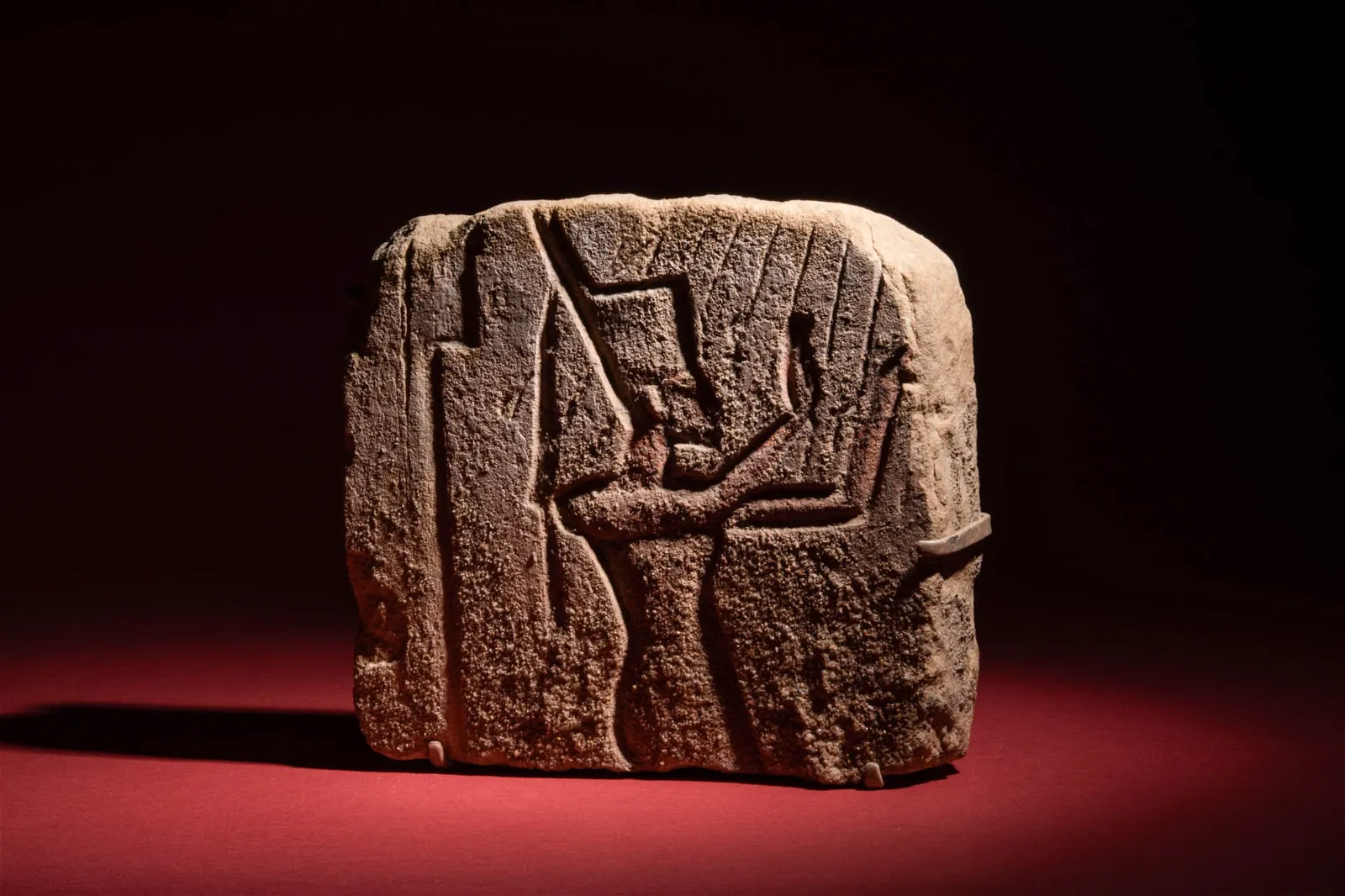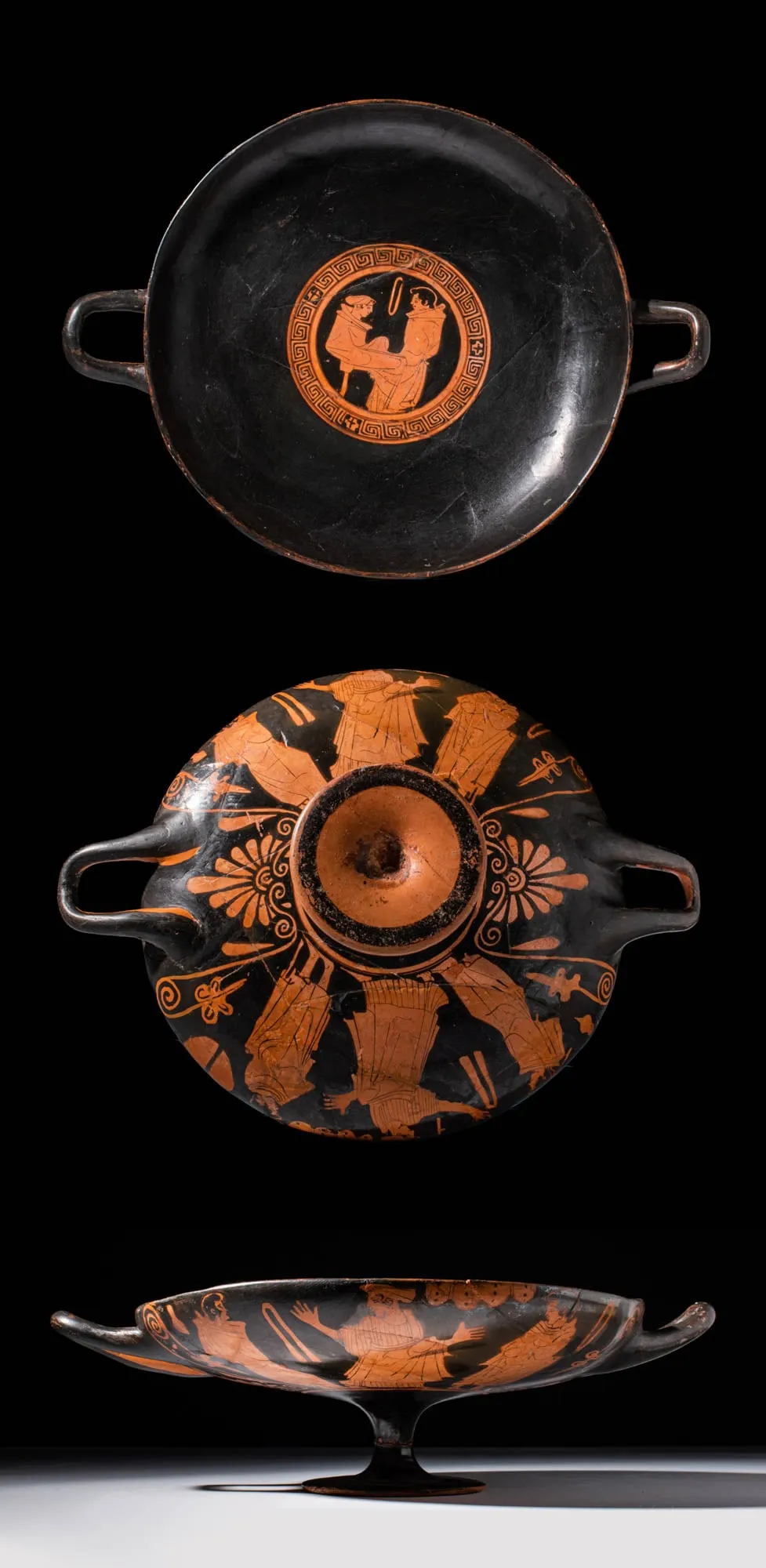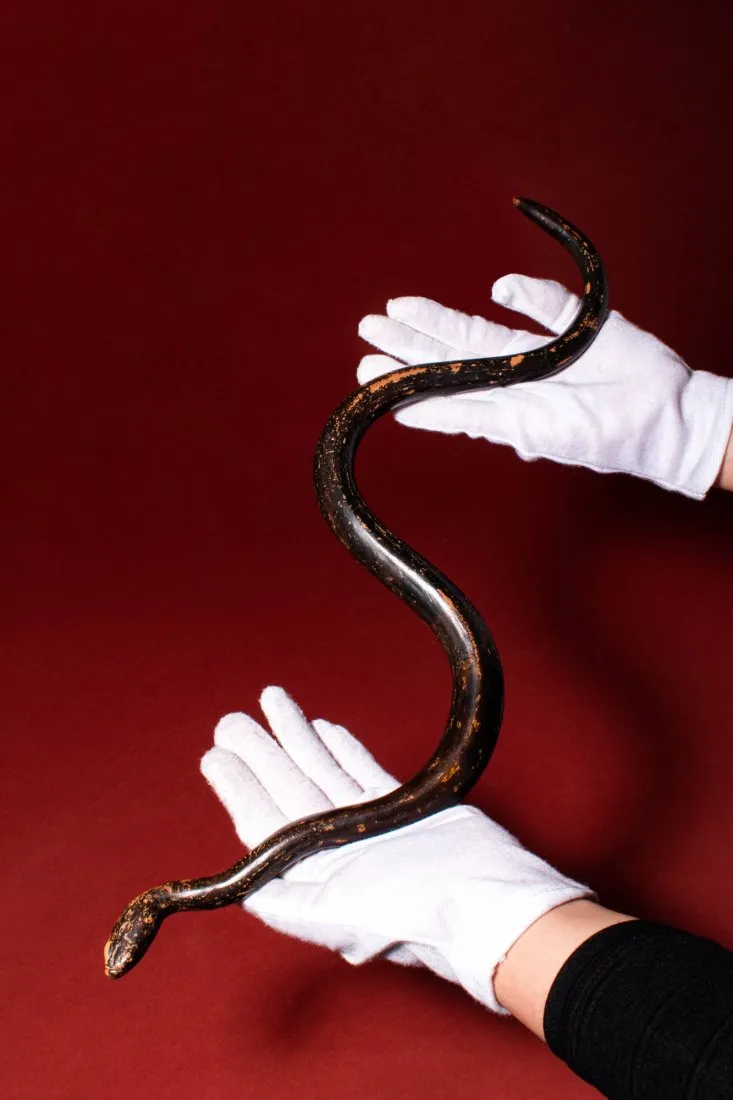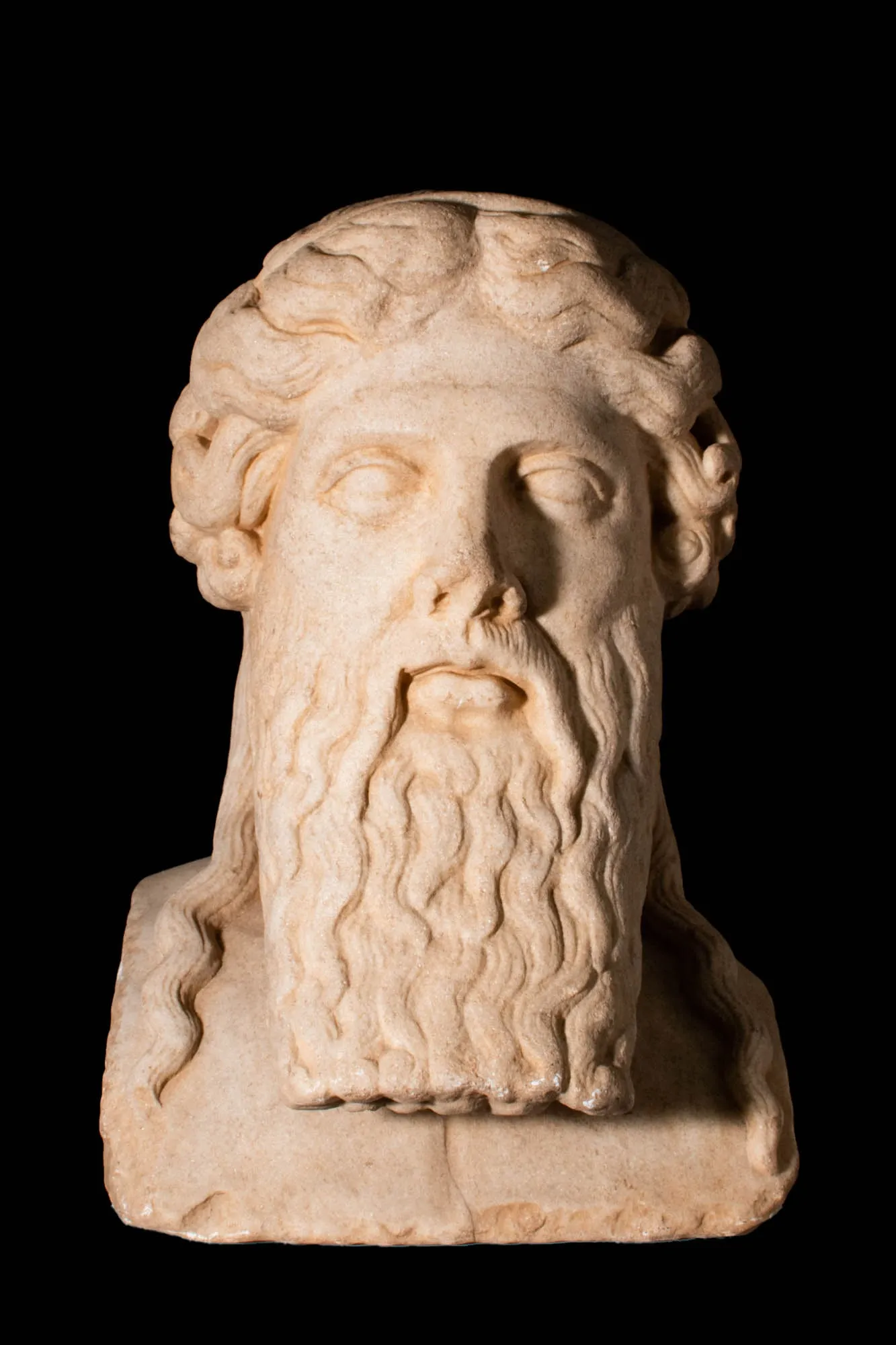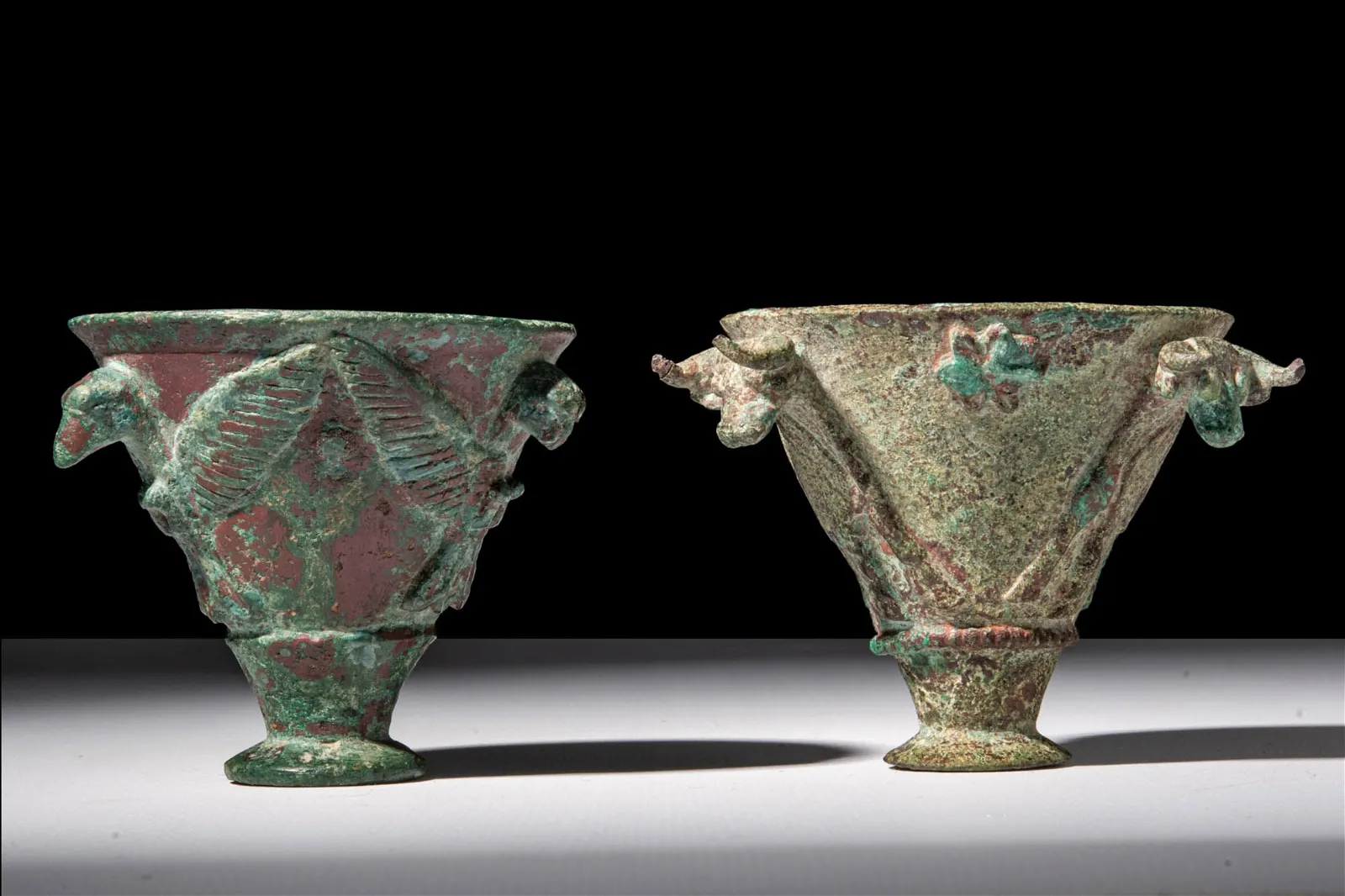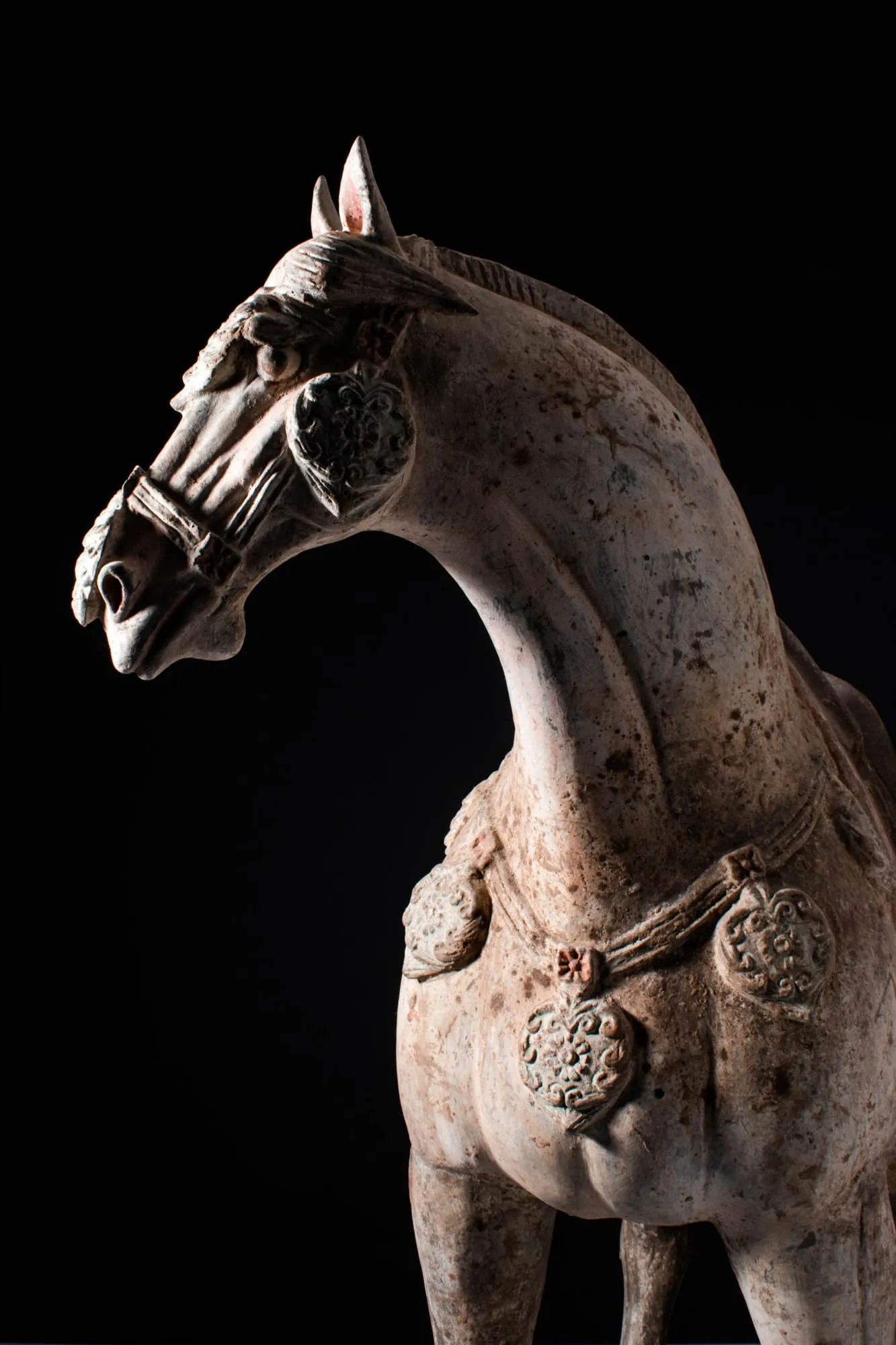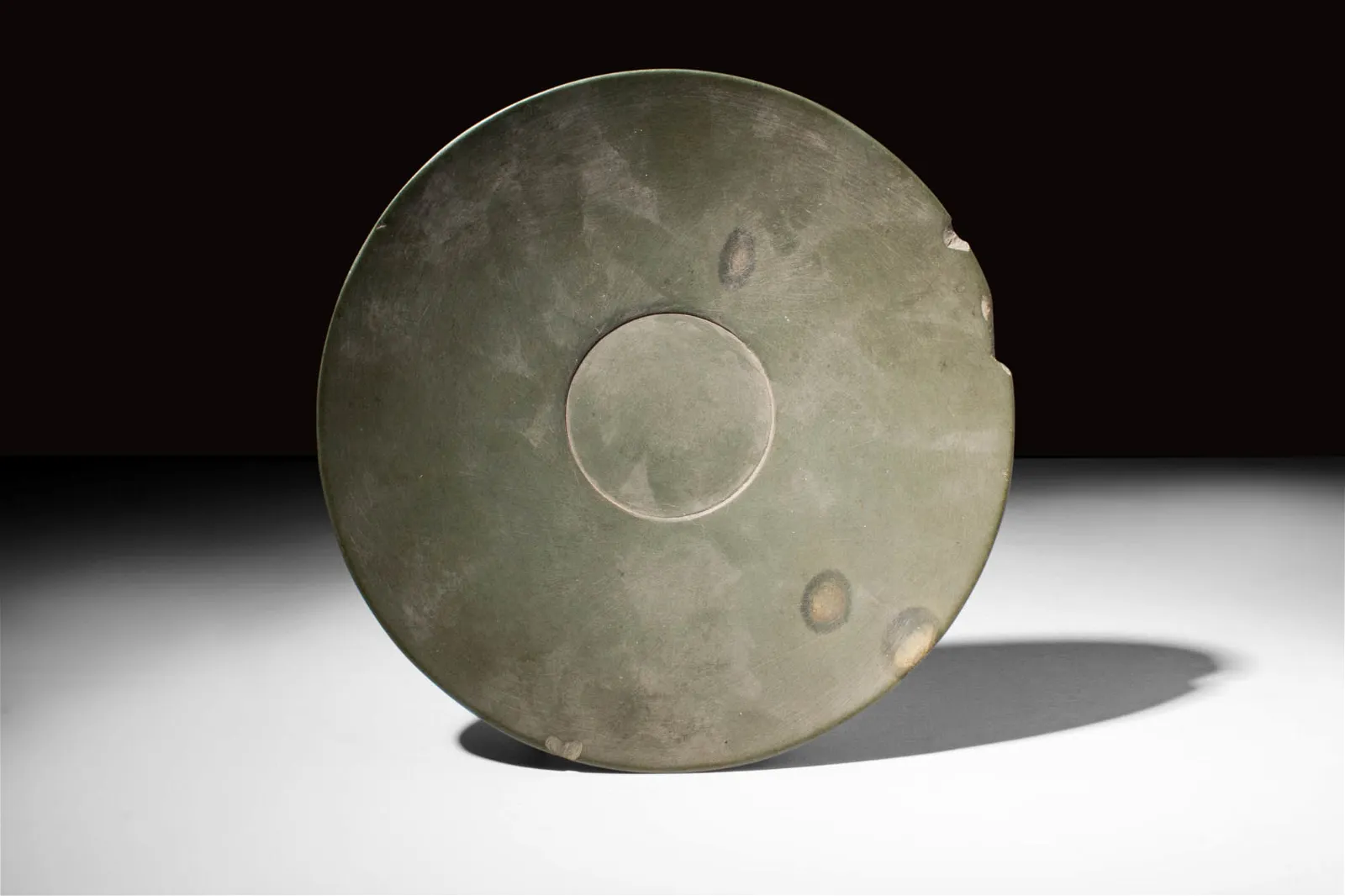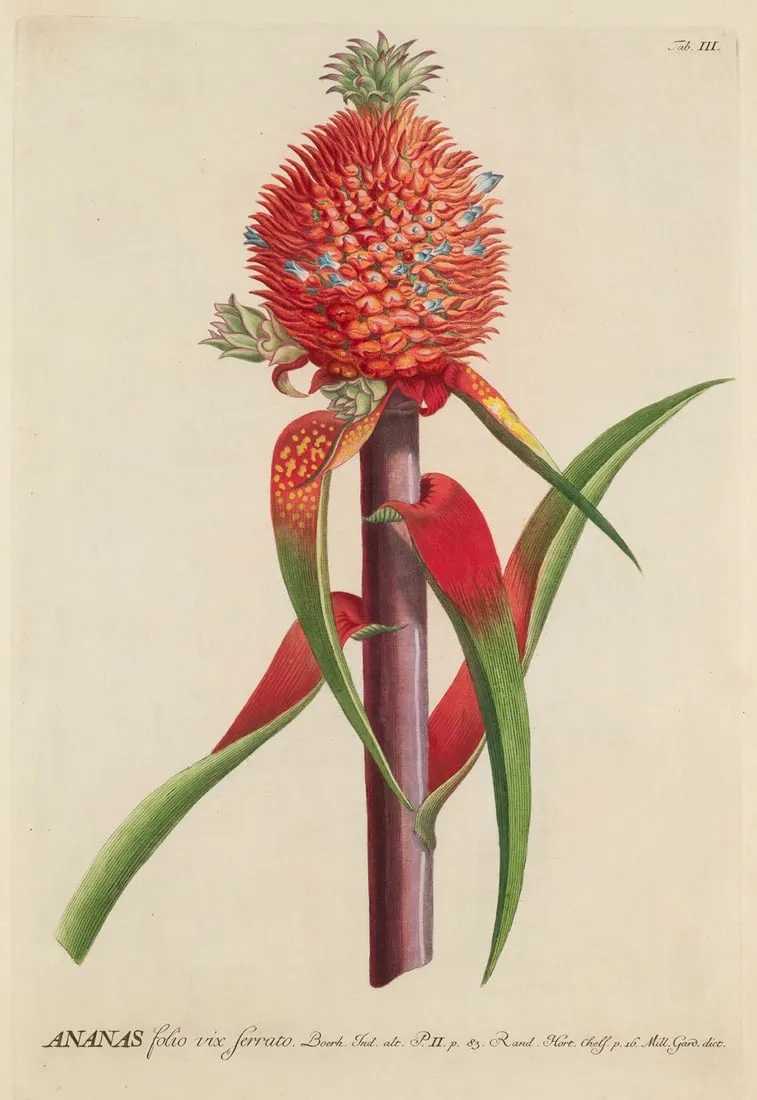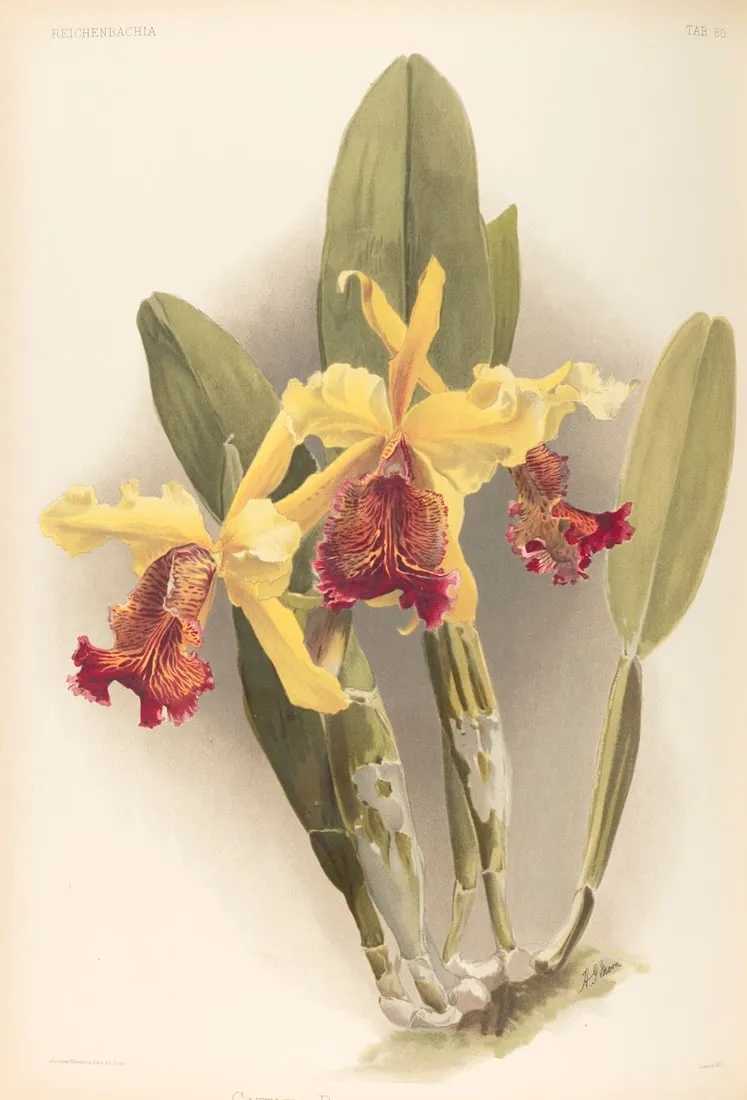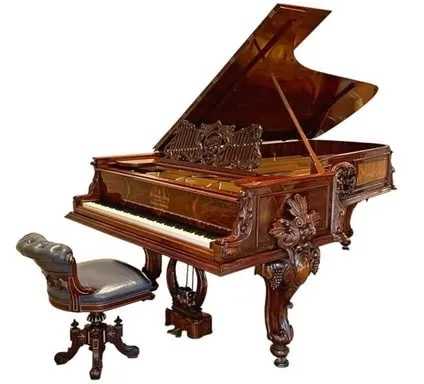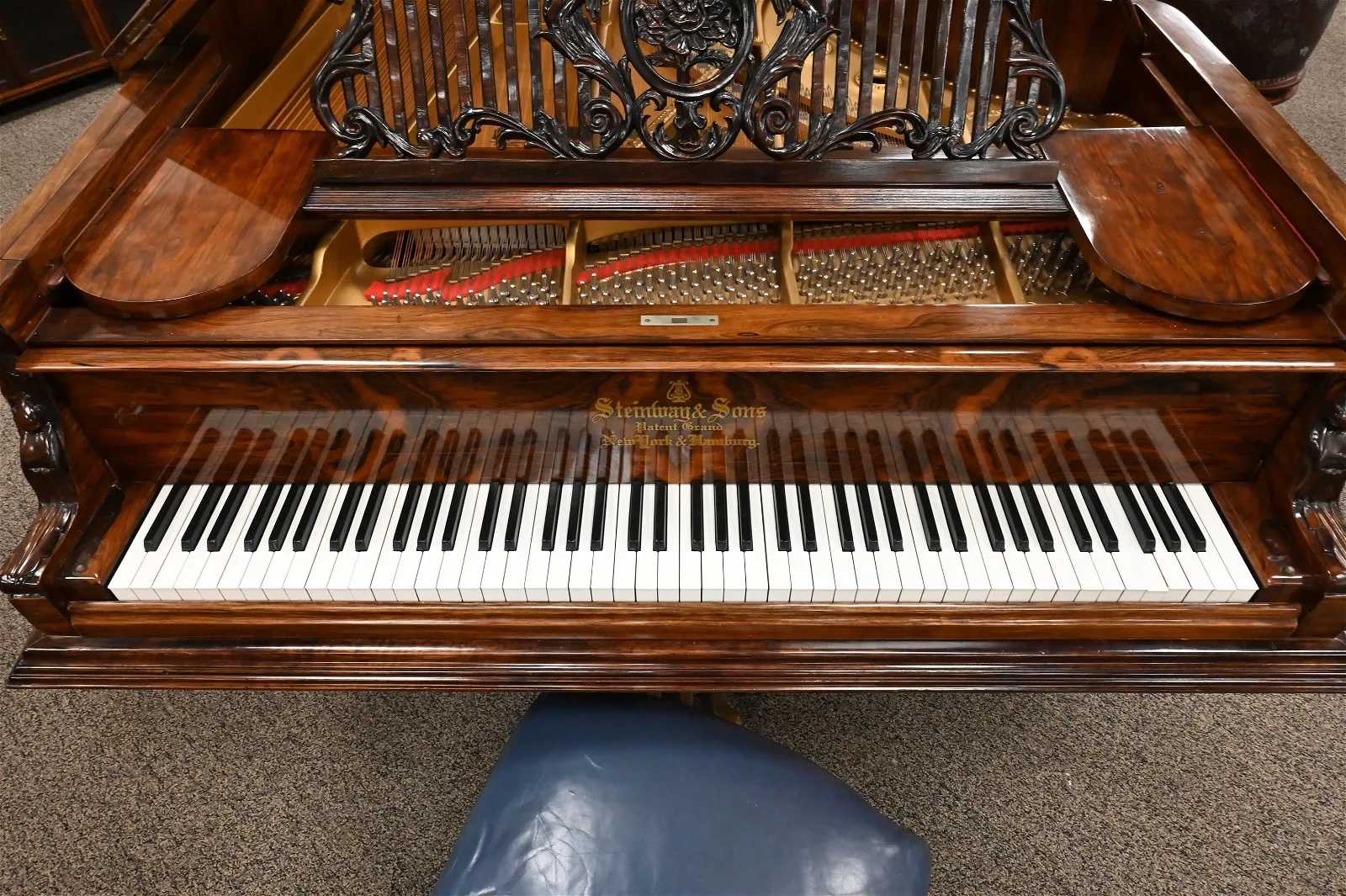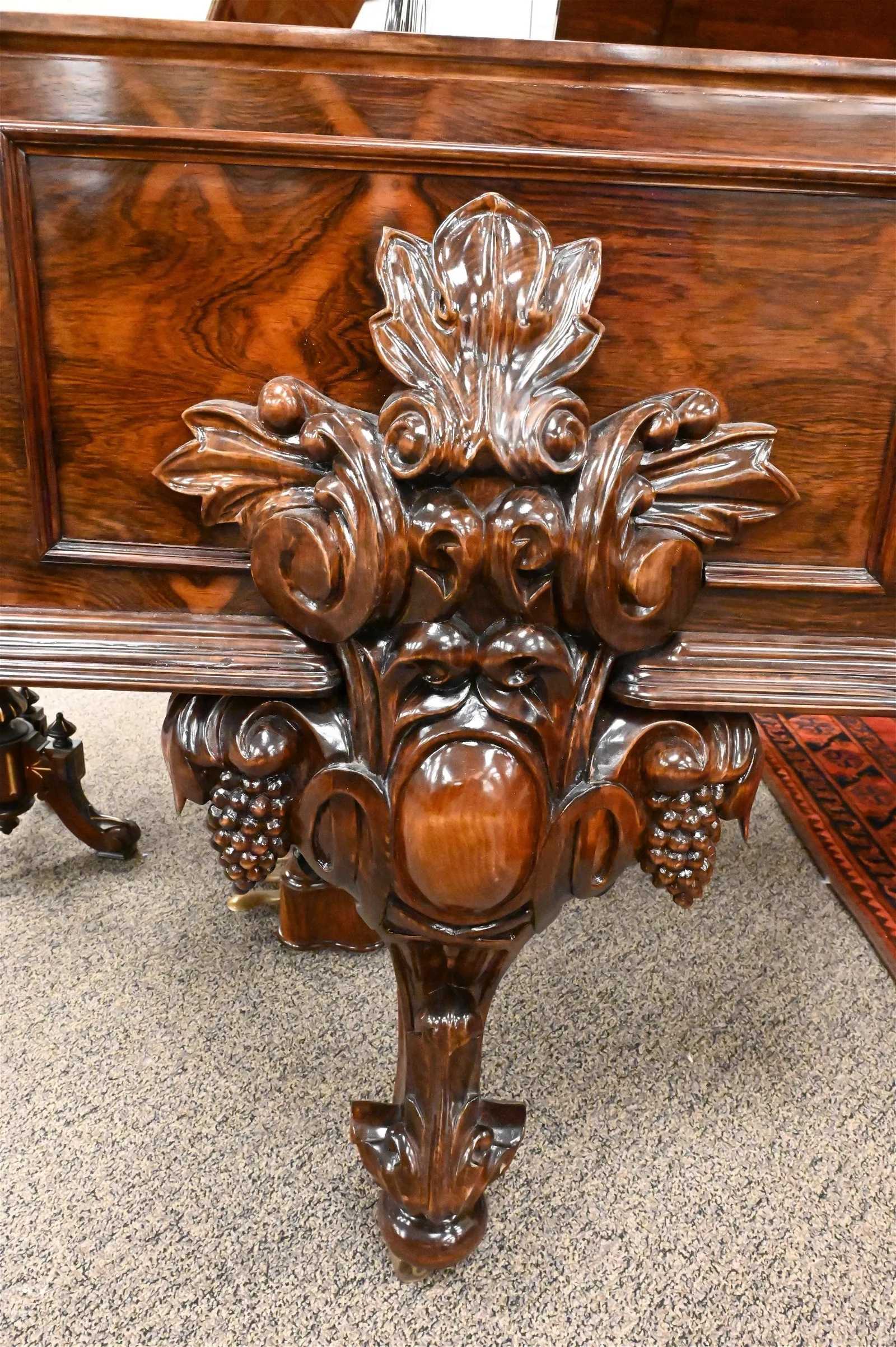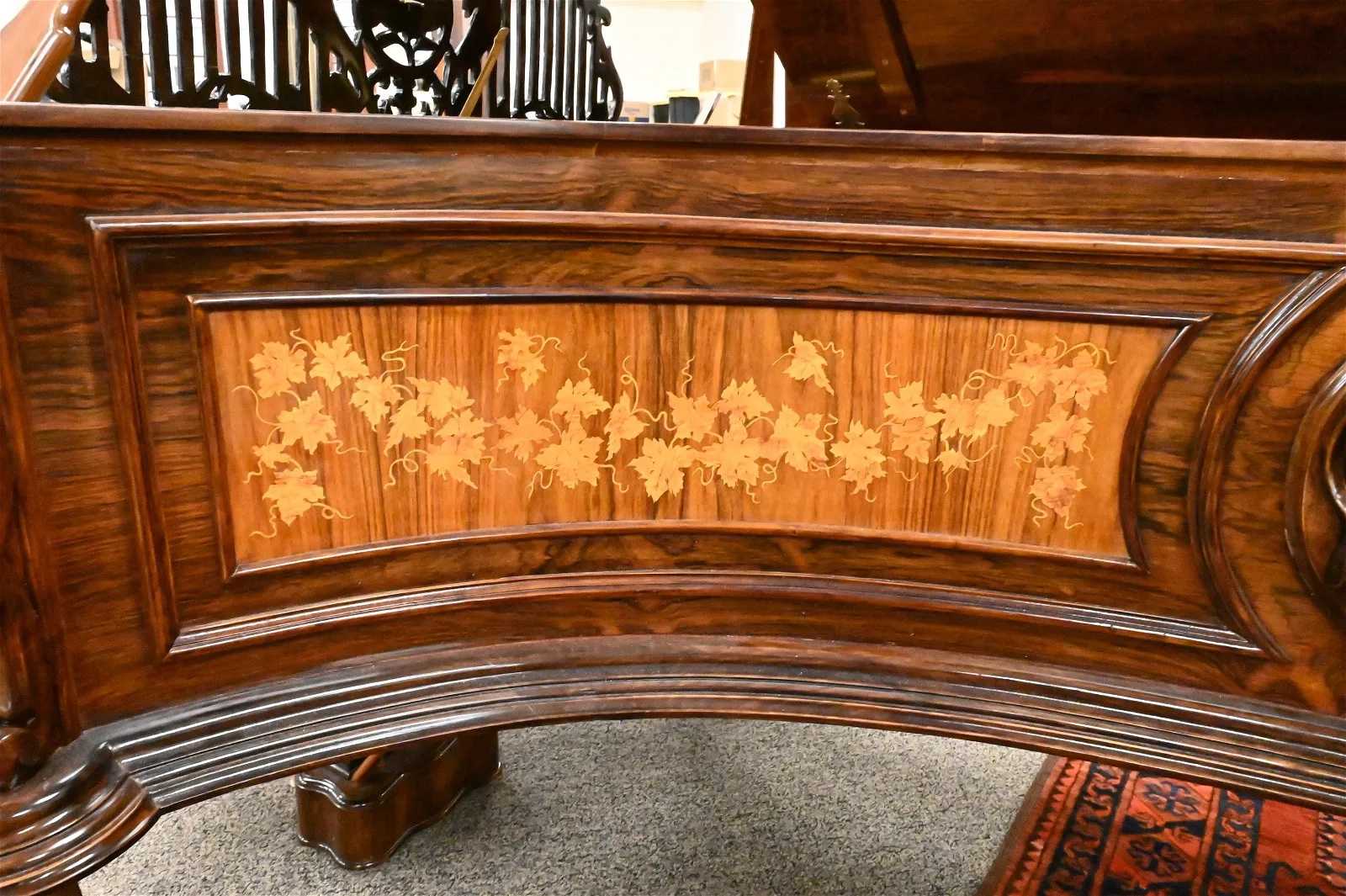LONDON – Following a January auction that introduced The Prince Collection of antiquities, more objects from this aristocratic assemblage are included Apollo Art Auctions’ Saturday, April 27 and Sunday, April 28 sale. Formed from the 1990s through 2014, most pieces were acquired through leading European dealers.
A highlight of the ancient Egyptian category is an Amarna-period sandstone relief that depicts a pharaoh worshiping rays emitted by the god Aten. Its subject is probably Akhenaten, the radical pharaoh who is among the most compelling fully documented figures from the ancient world.
His 17-year reign from circa 1352-1336 BC during the 18th Dynasty marked an important break from tradition. At the death of his powerful father Amenhotep III, he changed his name to Akhenaten, moved the capital from Thebes to the new city of Akhetaten (which is modern-day Tel el-Amarna) and substituted the traditional polytheism for a new monotheistic cult centered around the deified sun disc, Aten. He ruled with his wife, Queen Nefertiti.
The styles that flourished under Akhenaten, known as Amarna art, are unique in the history of Egyptian royal art. Representations are more expressionistic, exaggerated, and stylized. The often ‘unflattering’ portrayals of Akhenaten with a sagging stomach and broad hips are hinted at in this small relief that is estimated at £40,000-£60,000 ($50,000-$75,000).
The ancient Greeks viewed snakes as benevolent creatures with the power to heal. The association endured for centuries, with the image of a snake later being included in the caduceus, the international symbol of medicine and toxicology. A circa-500-300 BC black-glazed terracotta snake figurine from the Prince collection displays impressive realism and at 18in is life-size. Bought from dealership Jean David Cahn at TEFAF in 2020, it is estimated at £20,000-£30,000 ($25,000-$38,000).
A pair of sensational Sumerian copper cups with conical bodies are adorned with protomes of bulls and rosettes, and spread-winged birds of prey, respectively. Created circa-2600-2200 BC, they display a level of sophistication that was well ahead of its time. The cups were acquired for the Prince collection in 2010 from a UK private collection that was formed in the 1970s-1990s and are estimated at £40,000-£60,000 ($50,000-$75,000).
Also from the Prince collection are antiquities formerly in the possession of The Hans Goedicke Foundation of Egyptology unearthed during the famous excavation at Abu Simbel, and the family collection of Dr. Rudolf Schmidt (1900-1970), much of which had previously been acquired from the Barbier-Mueller family. They include an Egyptian greywacke bowl from the Early Dynastic period, dating to circa-3100-2700 BC and estimated at £6,000-£9,000 ($6,400-$9,600).
From a different source are a series of Egyptian objects collected by Mrs. B. Ellison, a former member of the Egyptian Exploration Fund (EEF), a Victorian organization founded in 1882 with the primary objective of exploring, surveying, and excavating Egyptian locales. This array of 37 small finds were bought during the 1940s in Cairo and London. Typical are a series of Late Period faience amulets estimated at £750-£1,500 each.
The auction also offers the opportunity to bid on a complete set of Egyptian stone and wood pseudo-canopic jars, which were designed to safeguard the organs of the deceased during the mummification process. This set, estimated at £12,000-£20,000 ($15,000-$25,000), date to the Ptolemaic Period, with each stone jar topped with a carved wooden head embodying the protective spirit of one of the four sons of Horus.
Similar to an example in the Met Museum collection is a wooden ushabti of Sethi I (New Kingdom, circa 1408-1372 BC). Rarer than its stone or faience counterparts, decades ago it belonged to the American artist Arthur Bowen Davies (1860-1928). Its estimate is £20,000-£30,000 ($25,000-$38,000).
A Roman white marble head depicting Dionysus, the god of wine and pleasure, is carved in archaic style with idealized fixed features and dates to circa 200 AD. It was probably part of a herm, the squared stone pillars topped by a carved head and used in ancient times as a boundary marker or signpost. Most recently the property of a London gentleman, it was previously in a Paris collection. Its estimate is £40,000-£60,000 ($50,000-$75,000).
Anyone wishing to party like it’s 450 BC might draw inspiration from an Attic red-figure kylix, an ancient form of wine vessel for social events. Painted with a departure scene, it is thought to have been decorated in the workshop dubbed by art historians as ‘Brussels R330.’ Its provenance marks it among the antiquities once held at Nostell Priory in Yorkshire, England, and it has an estimate of £7,500-£15,000 ($9,000-$19,000).
